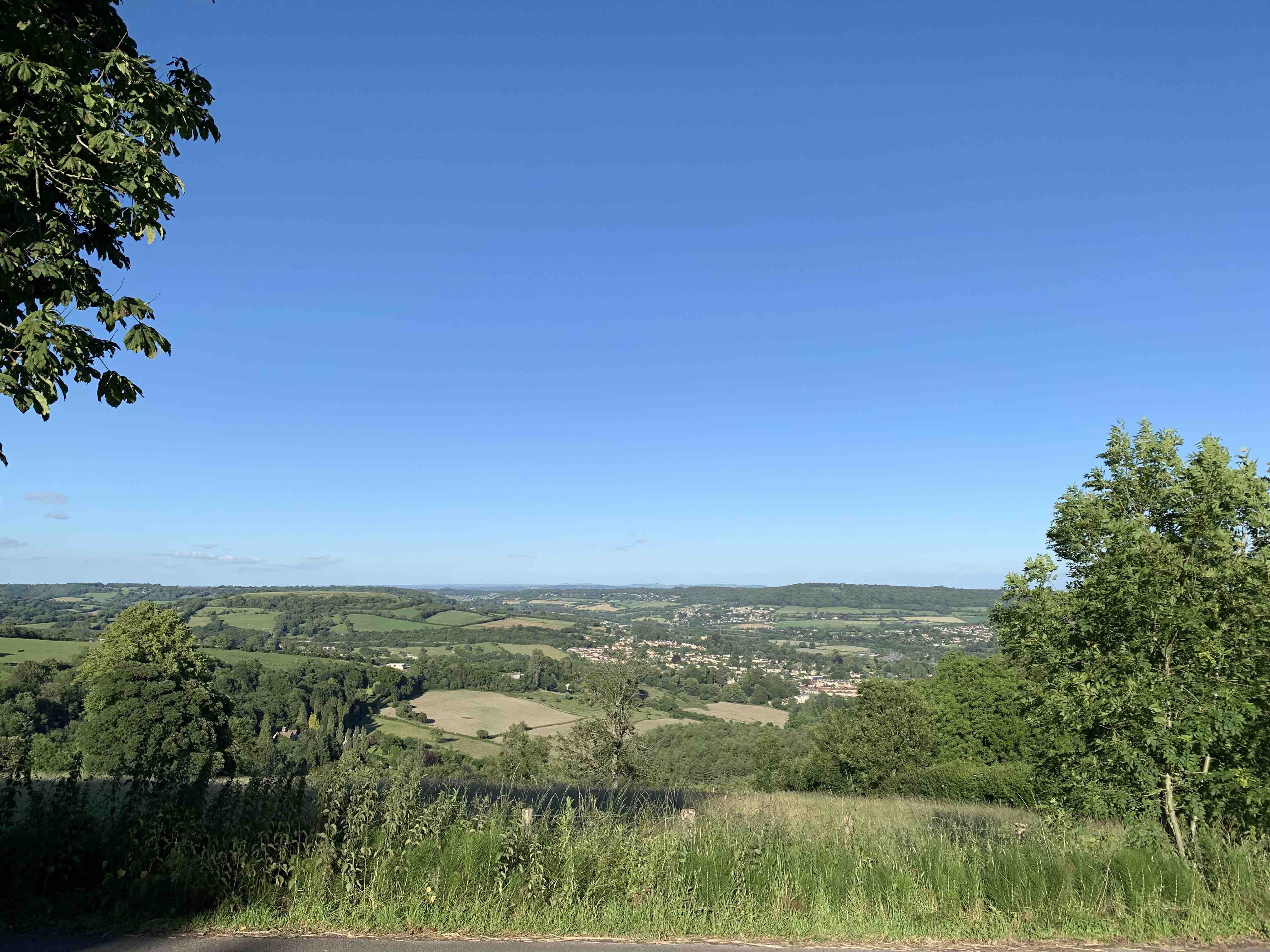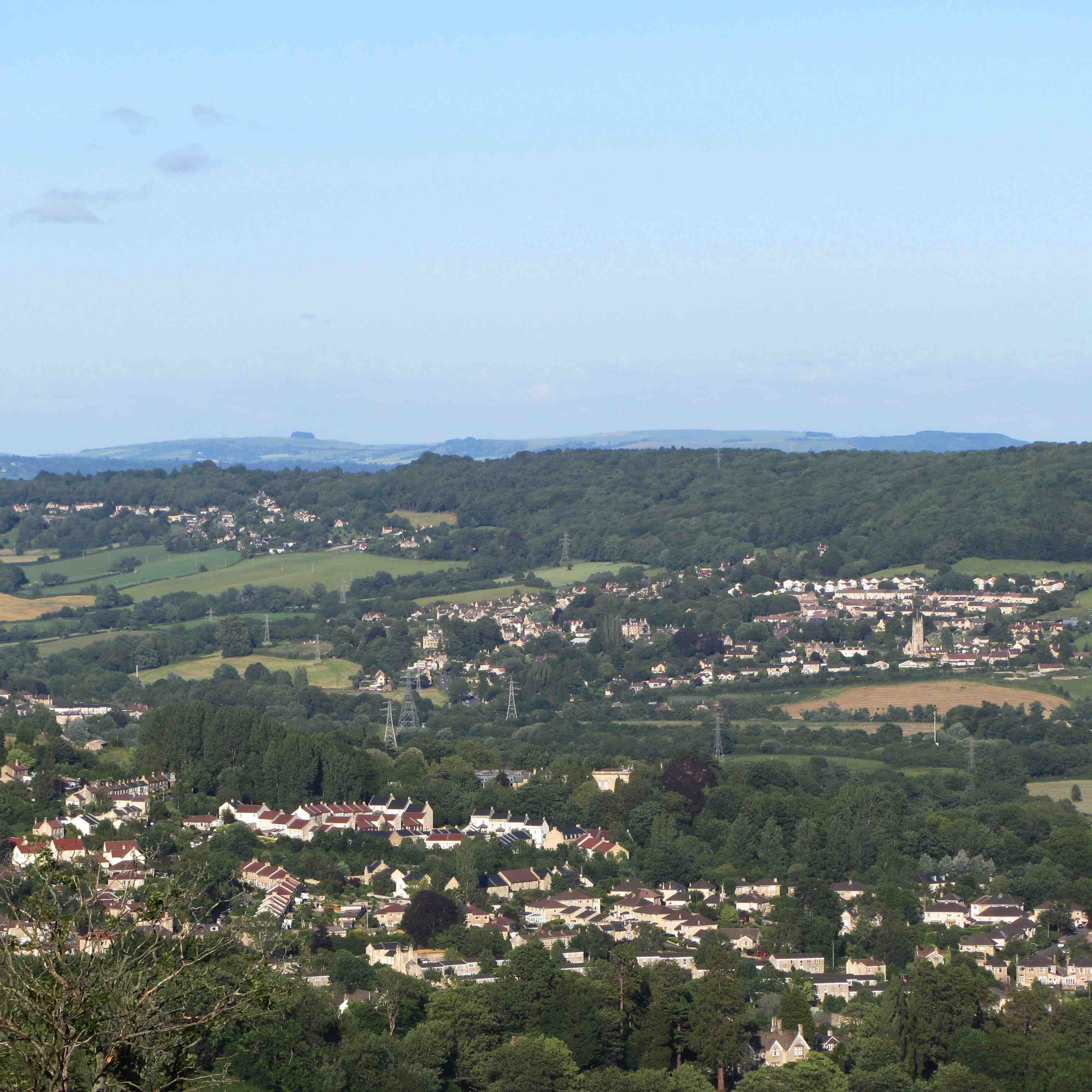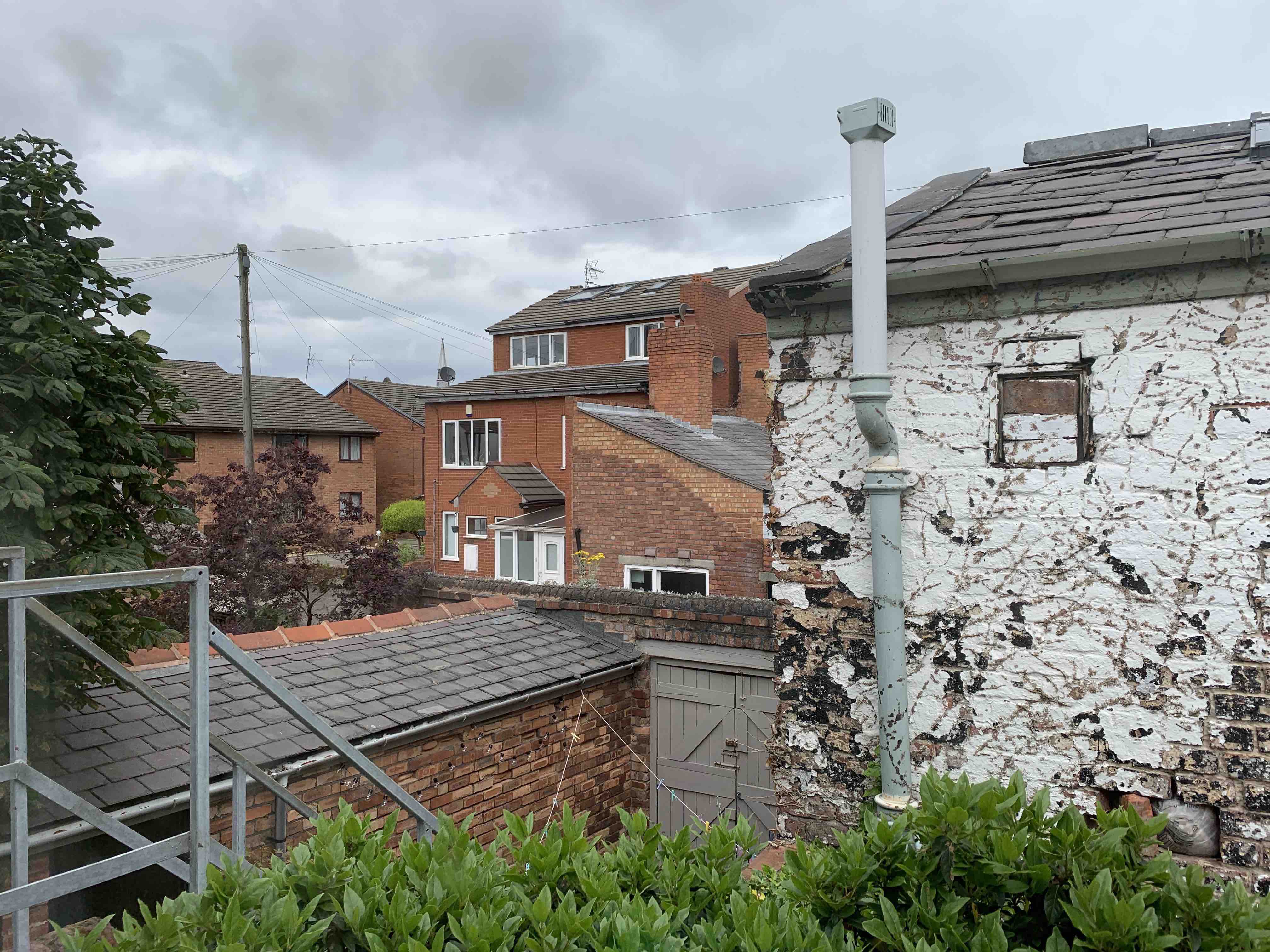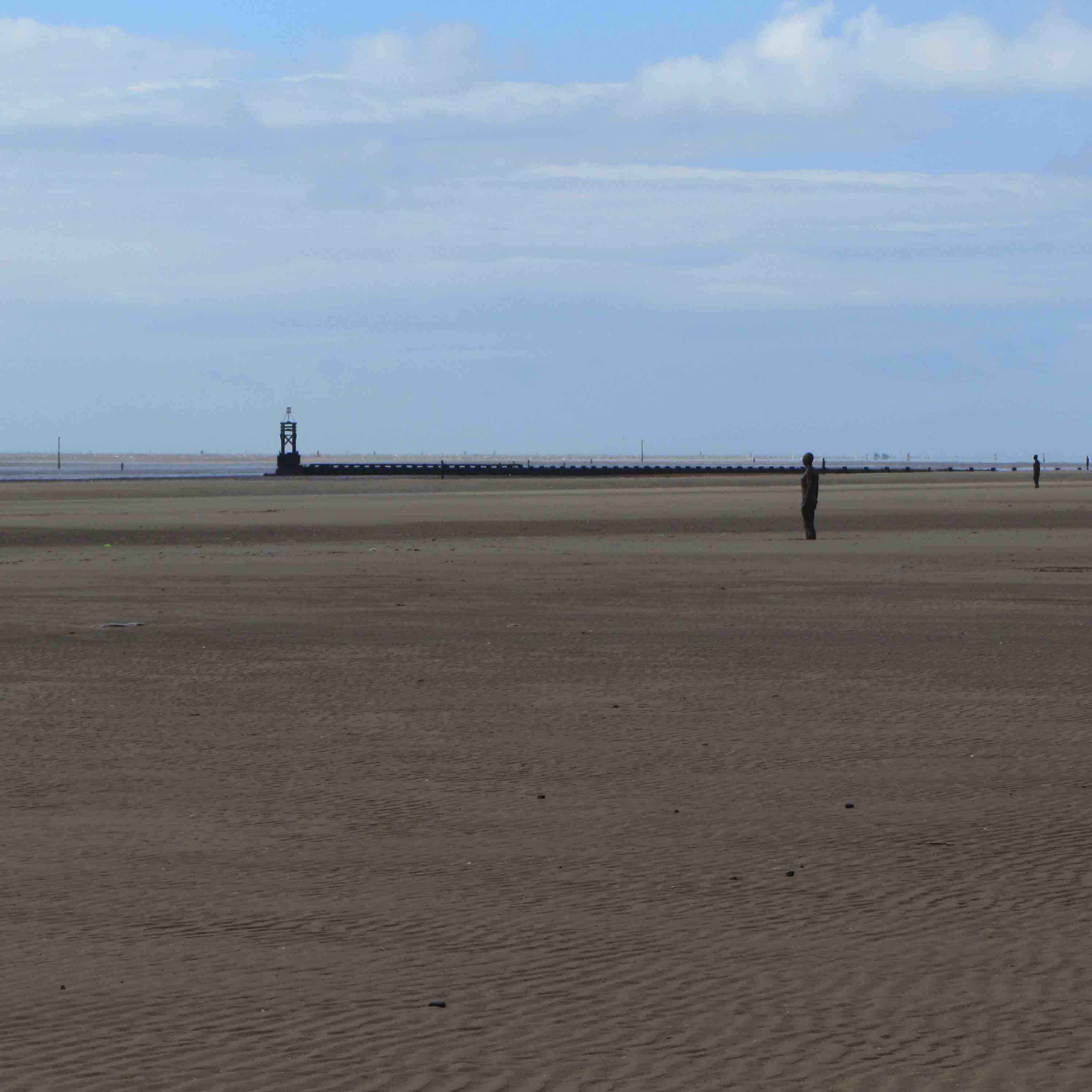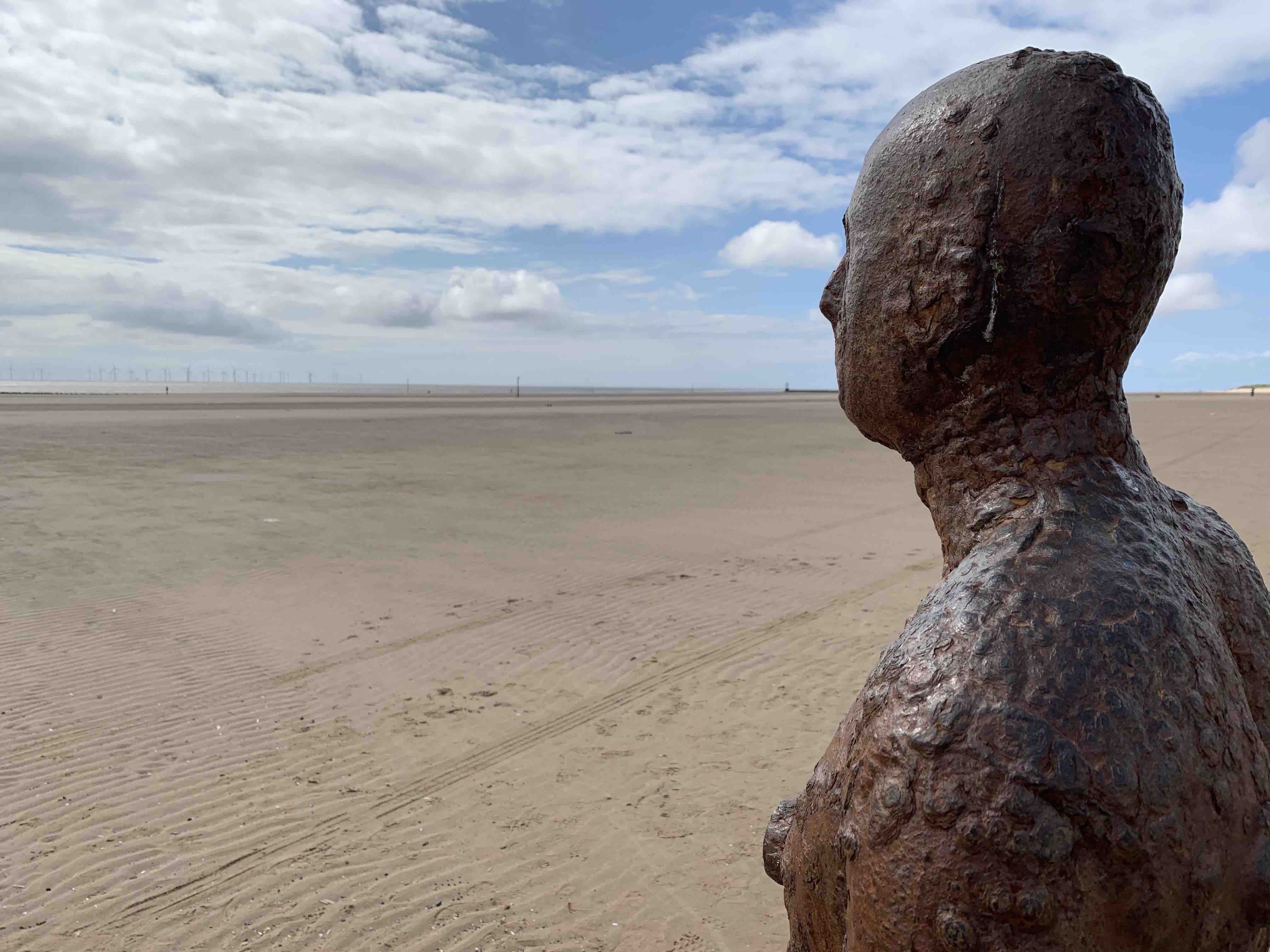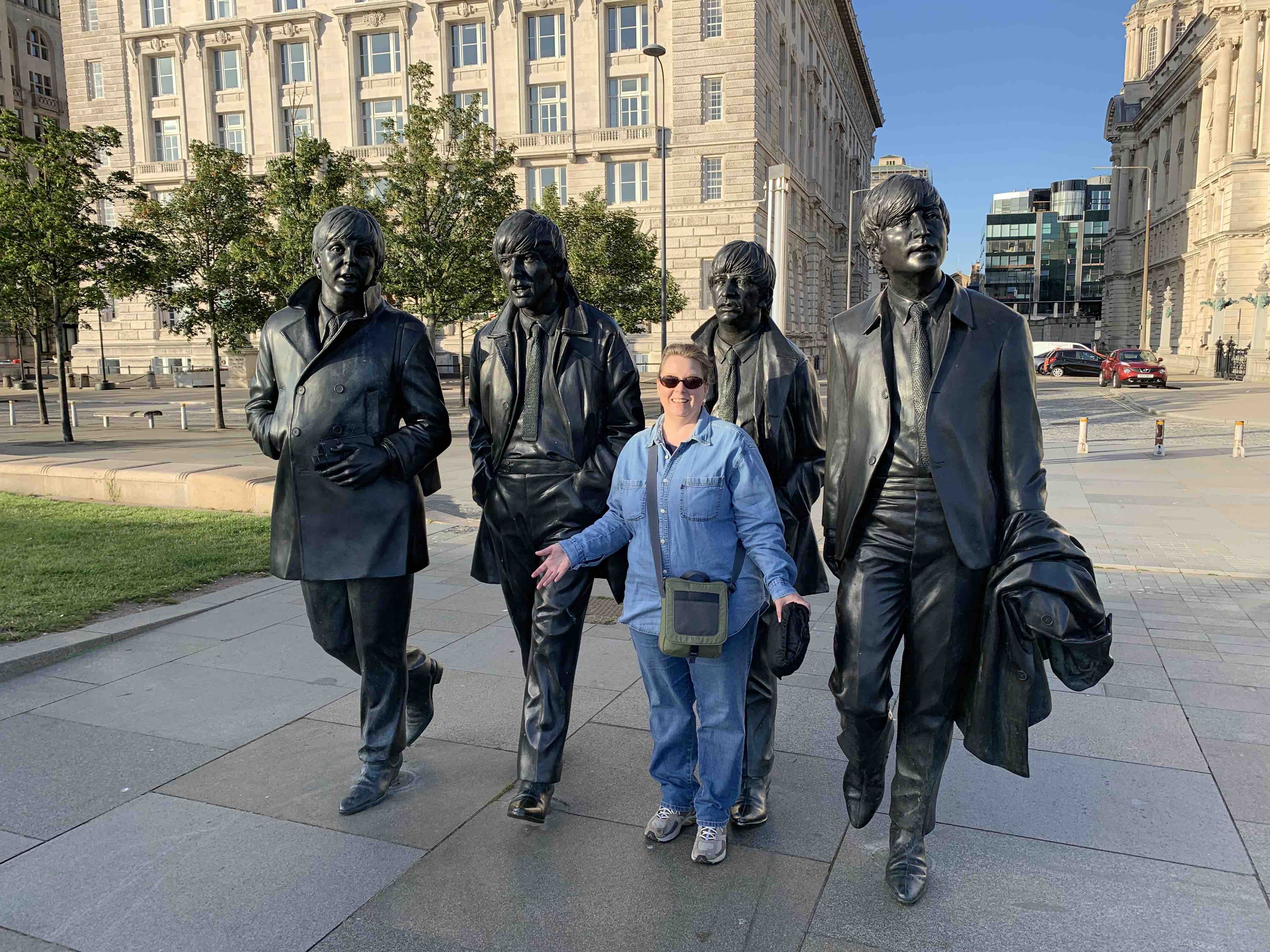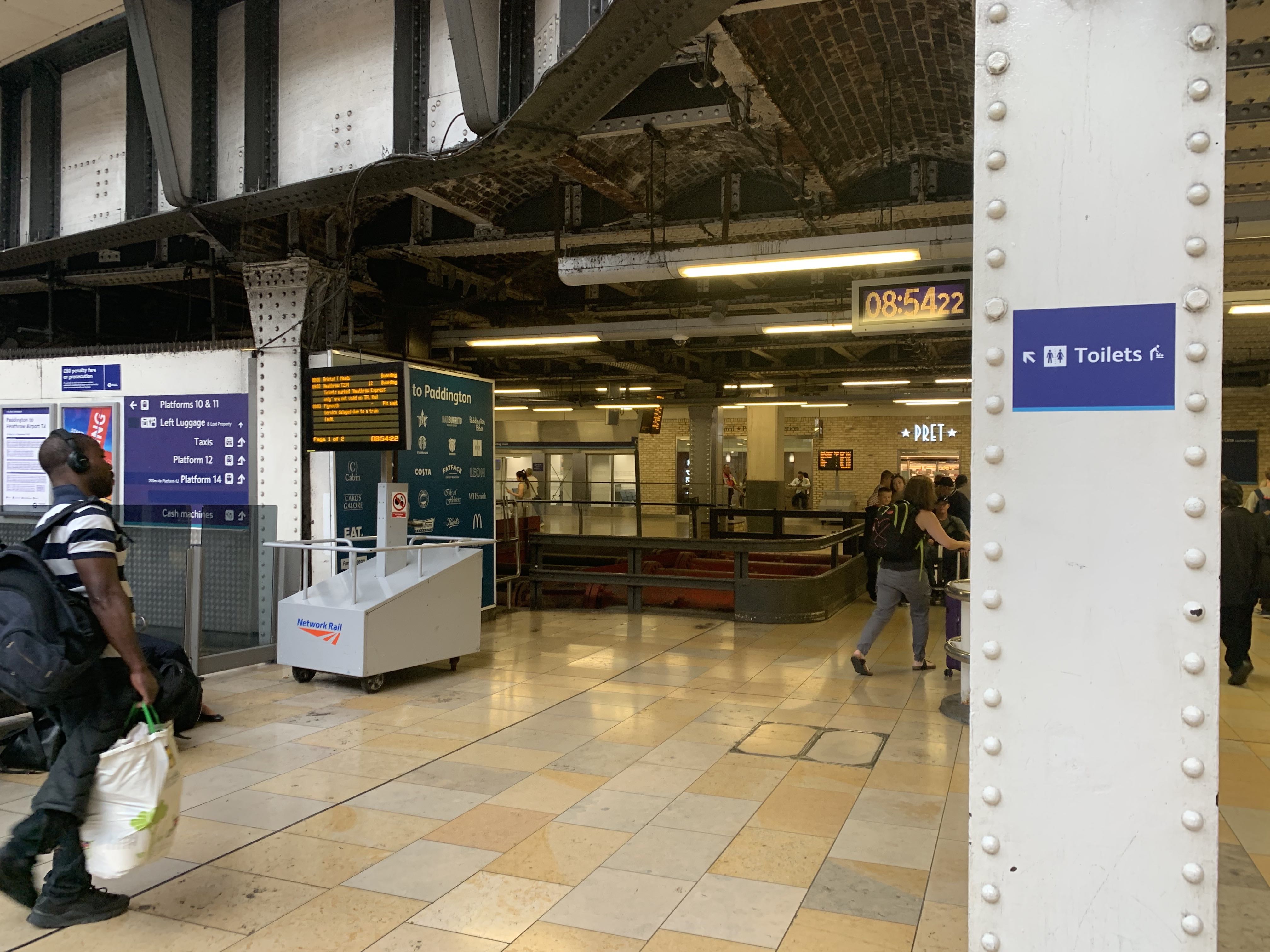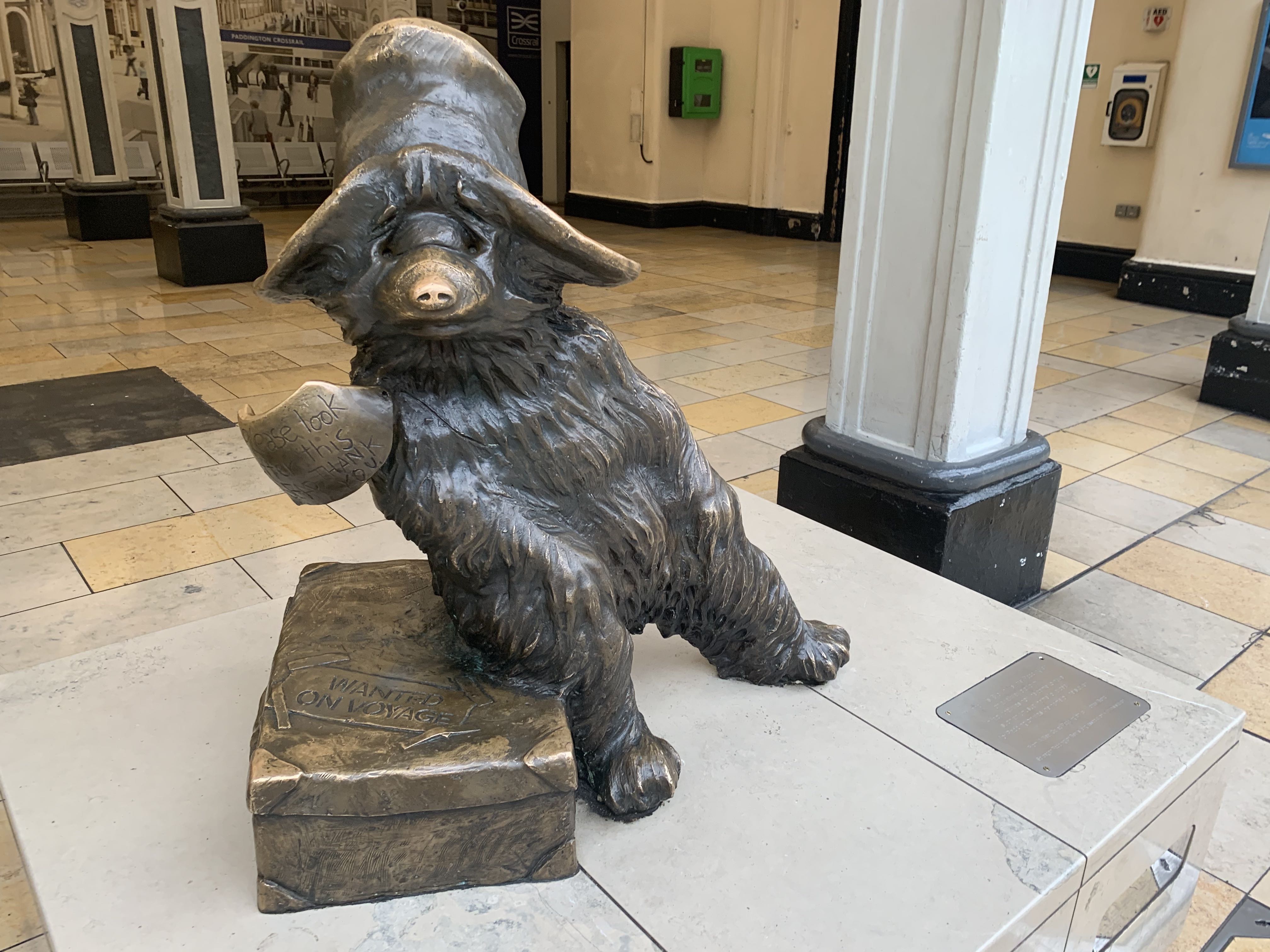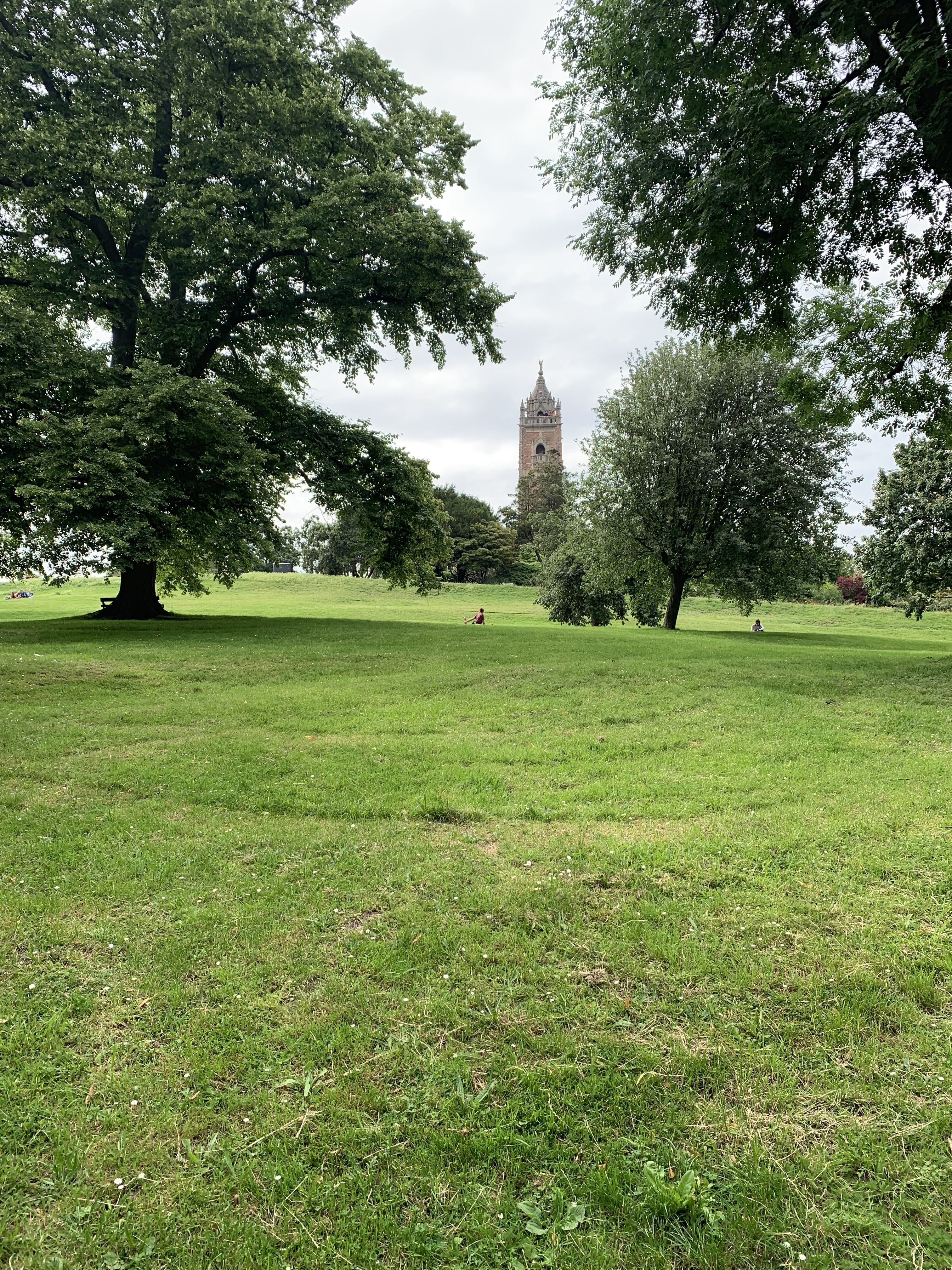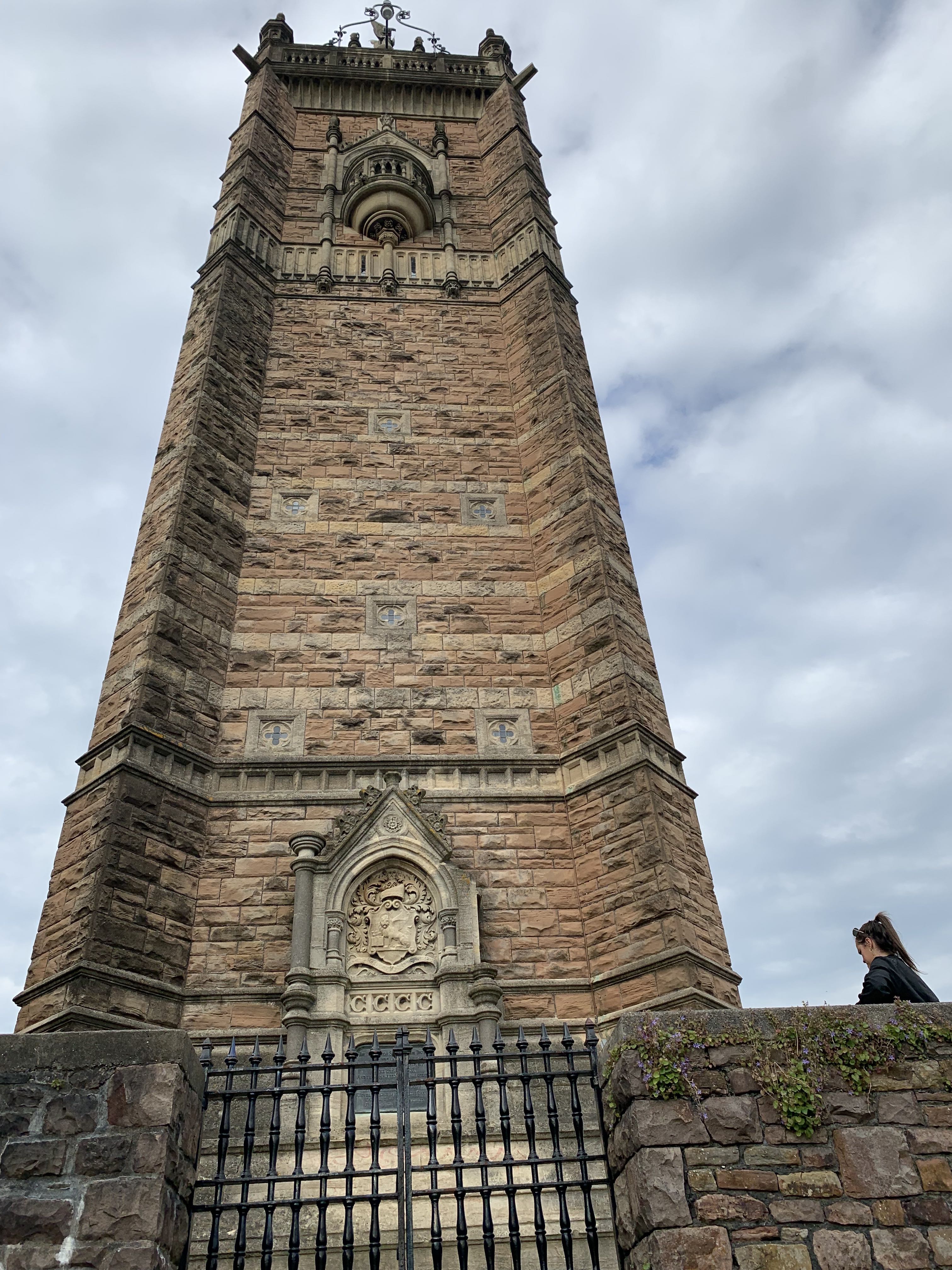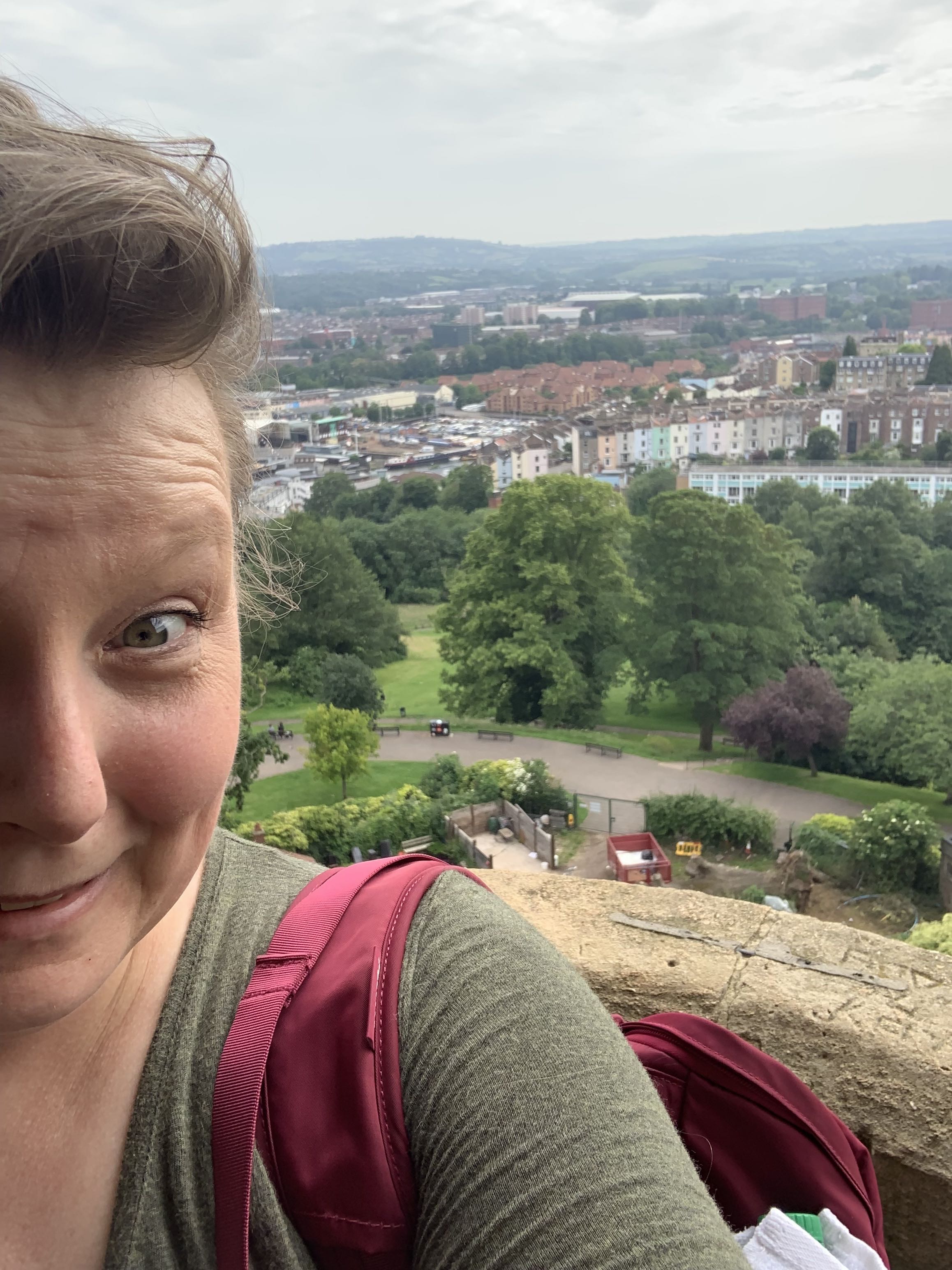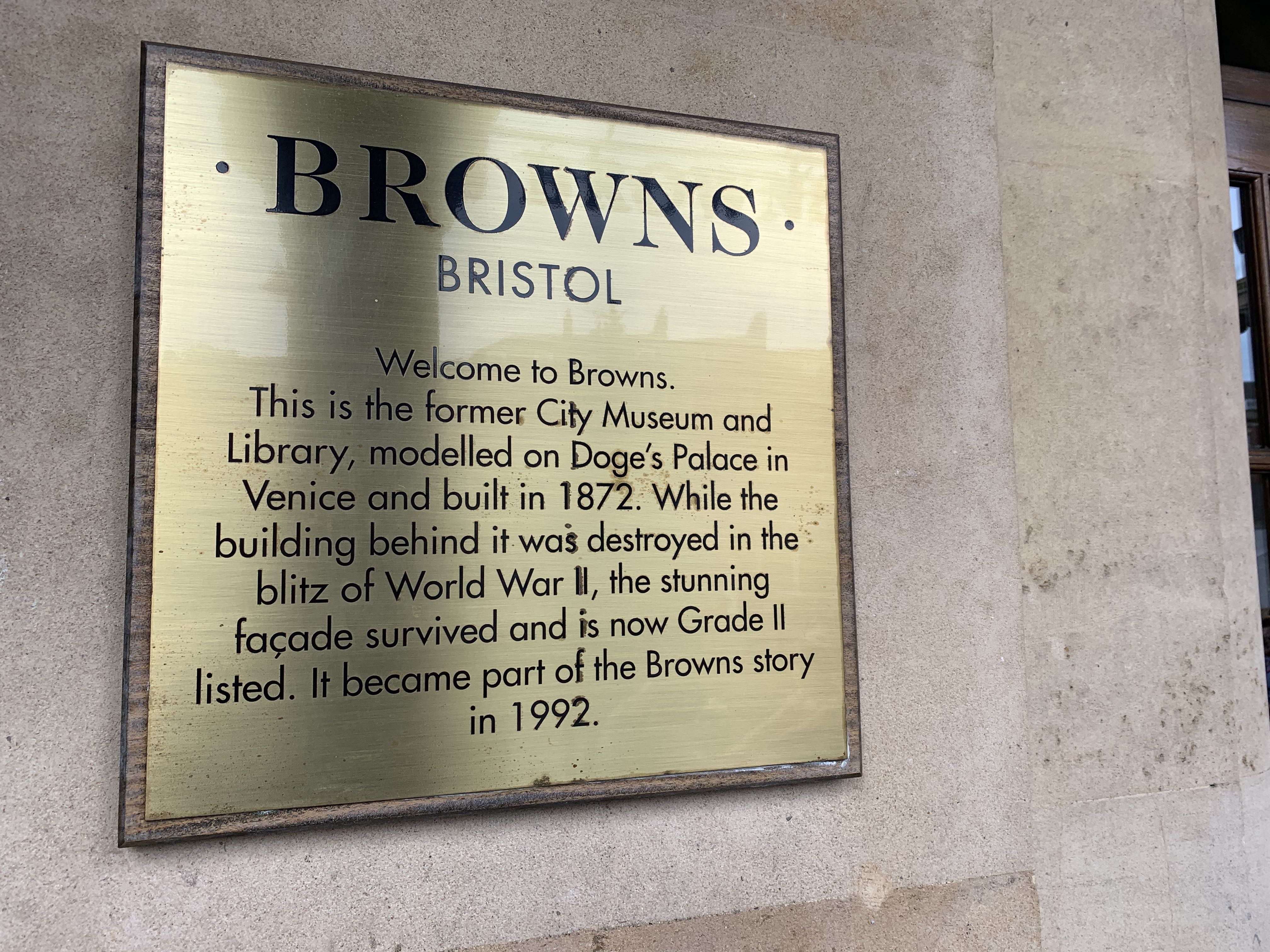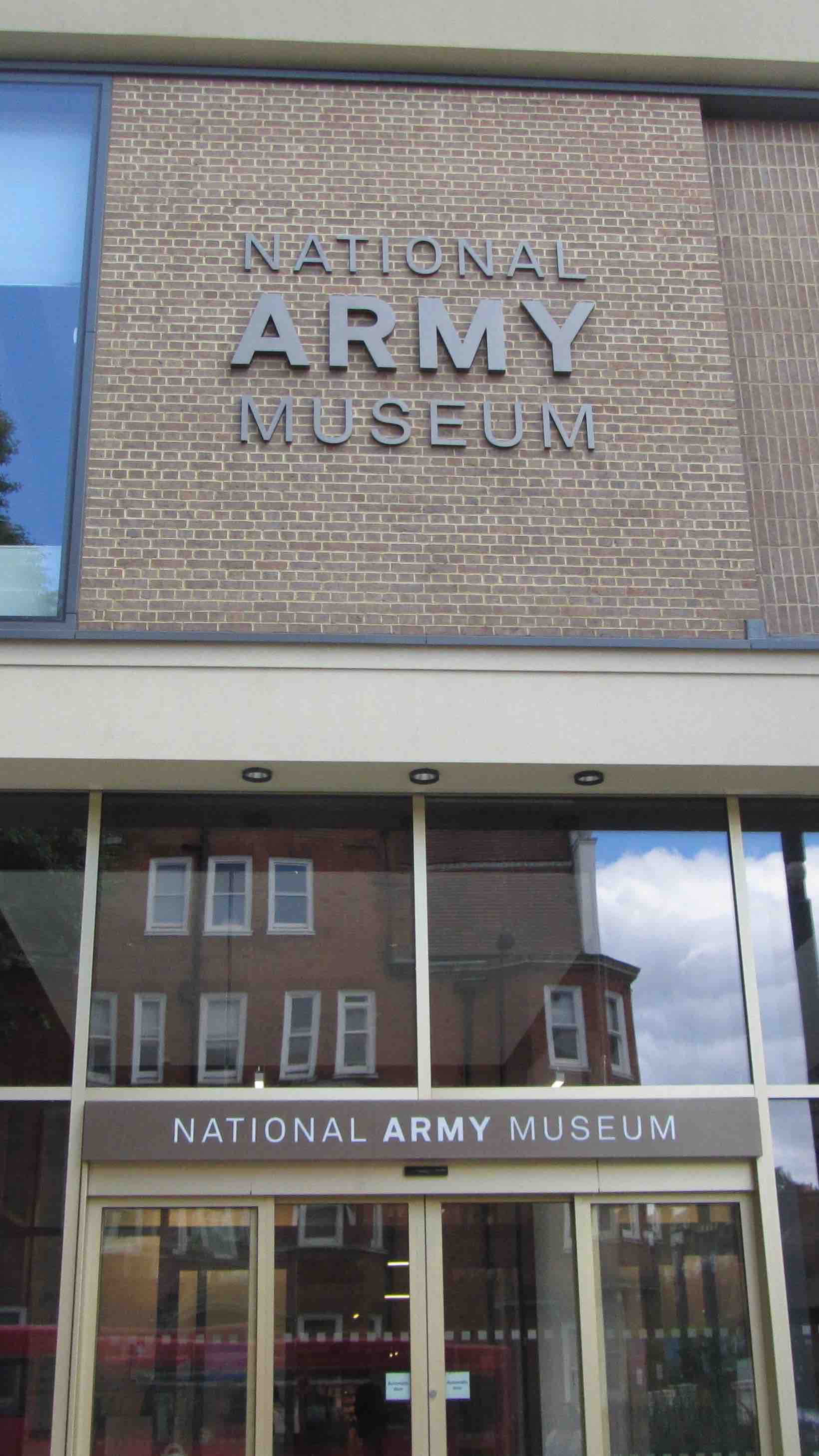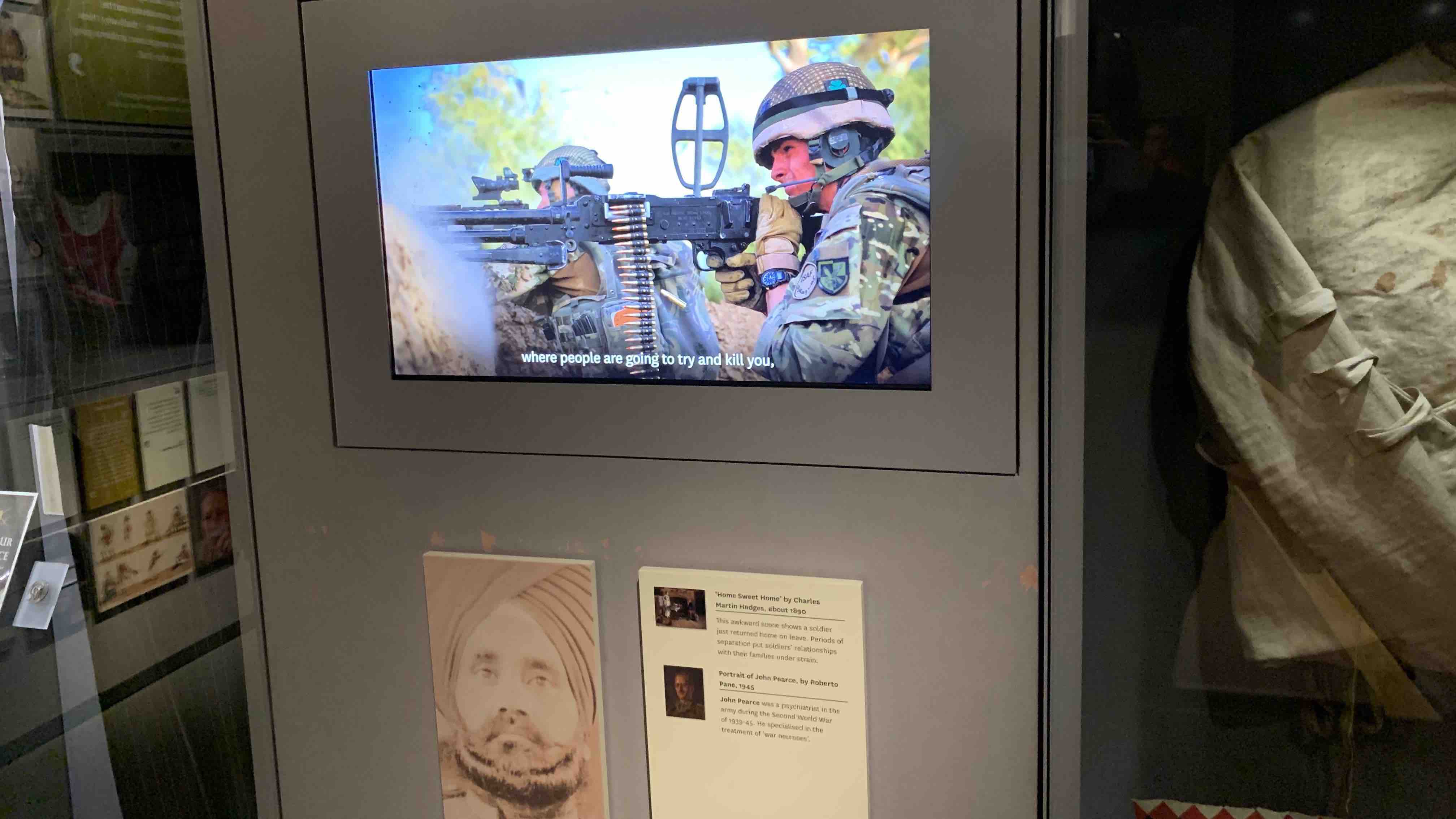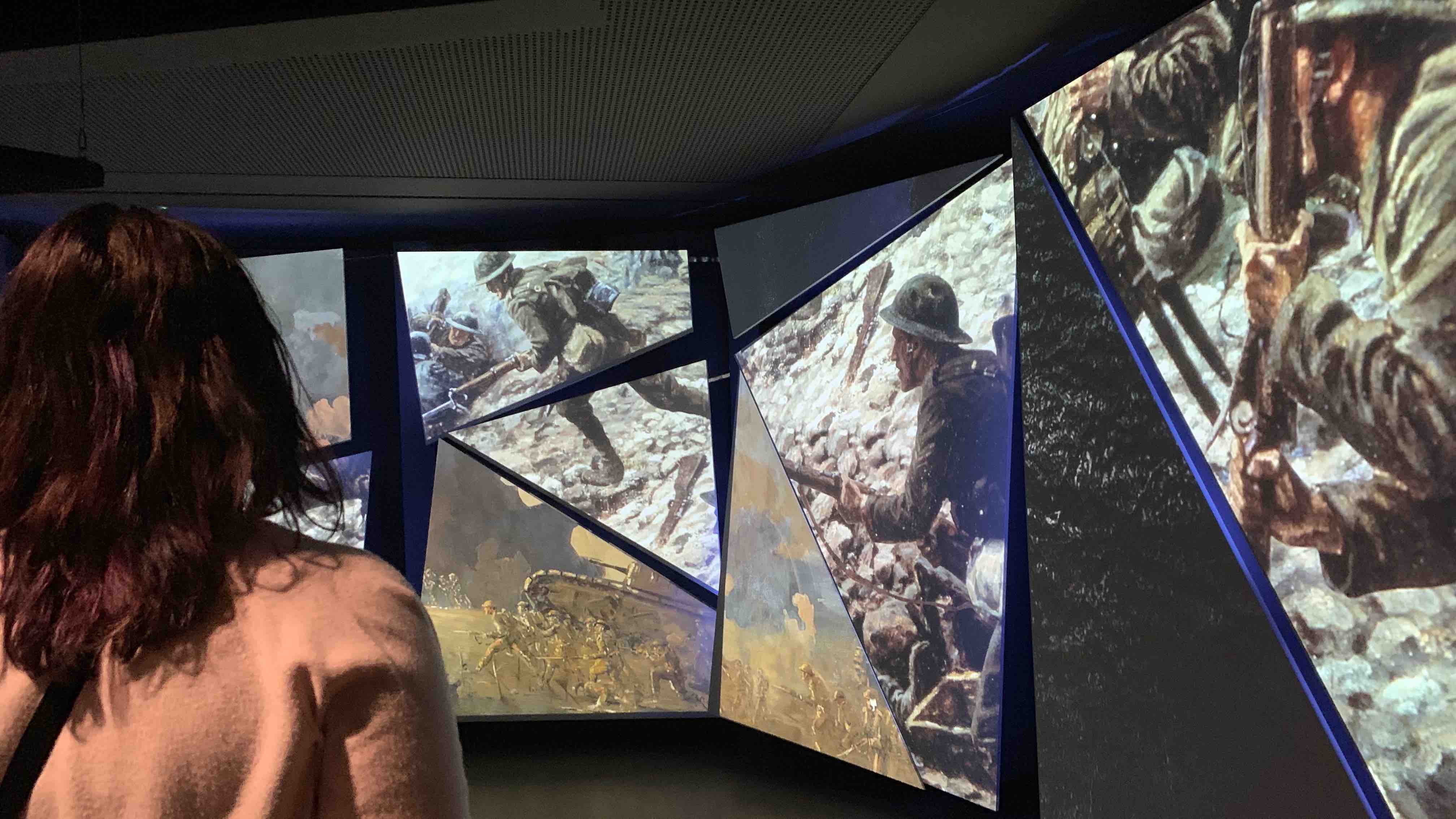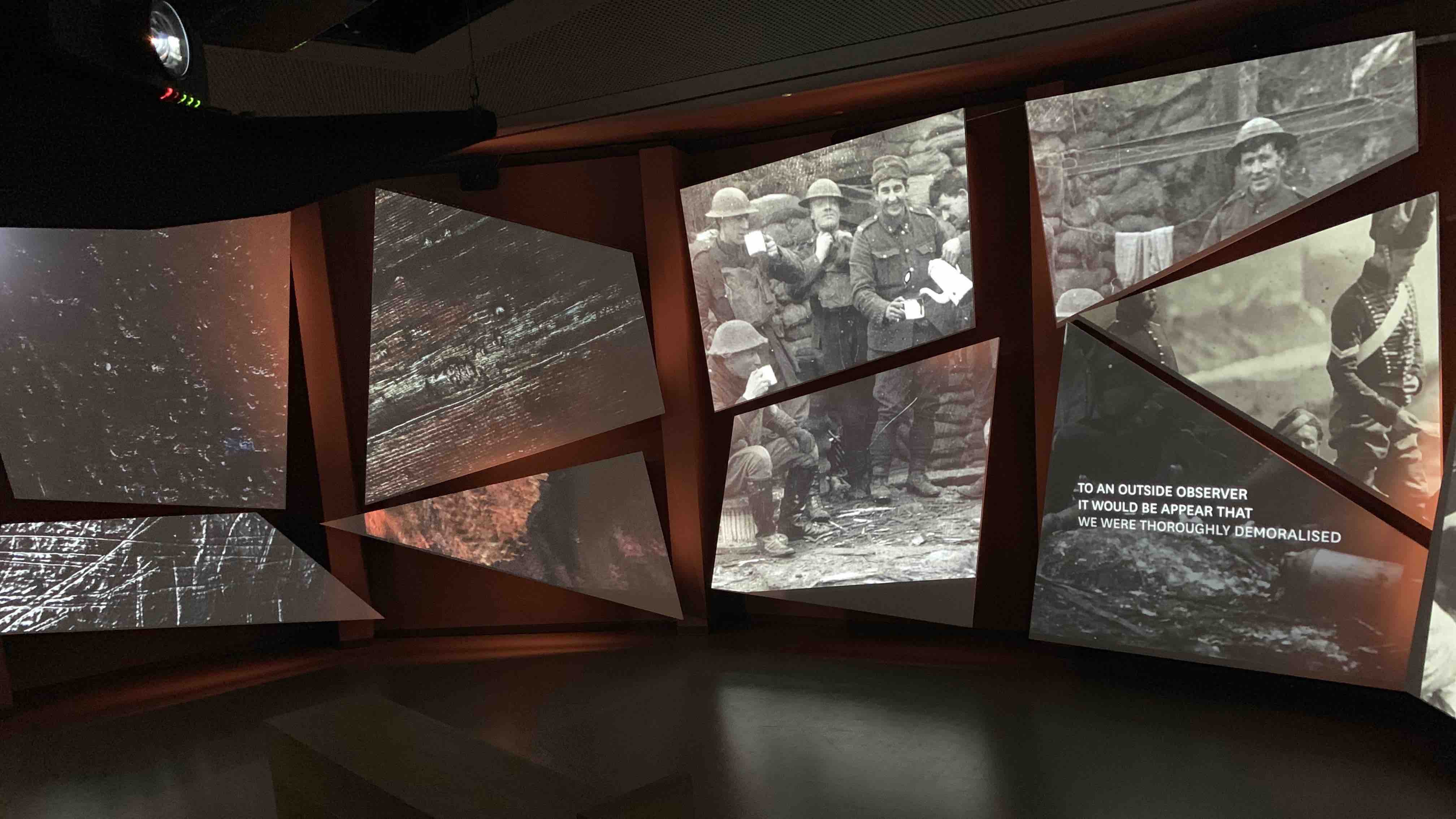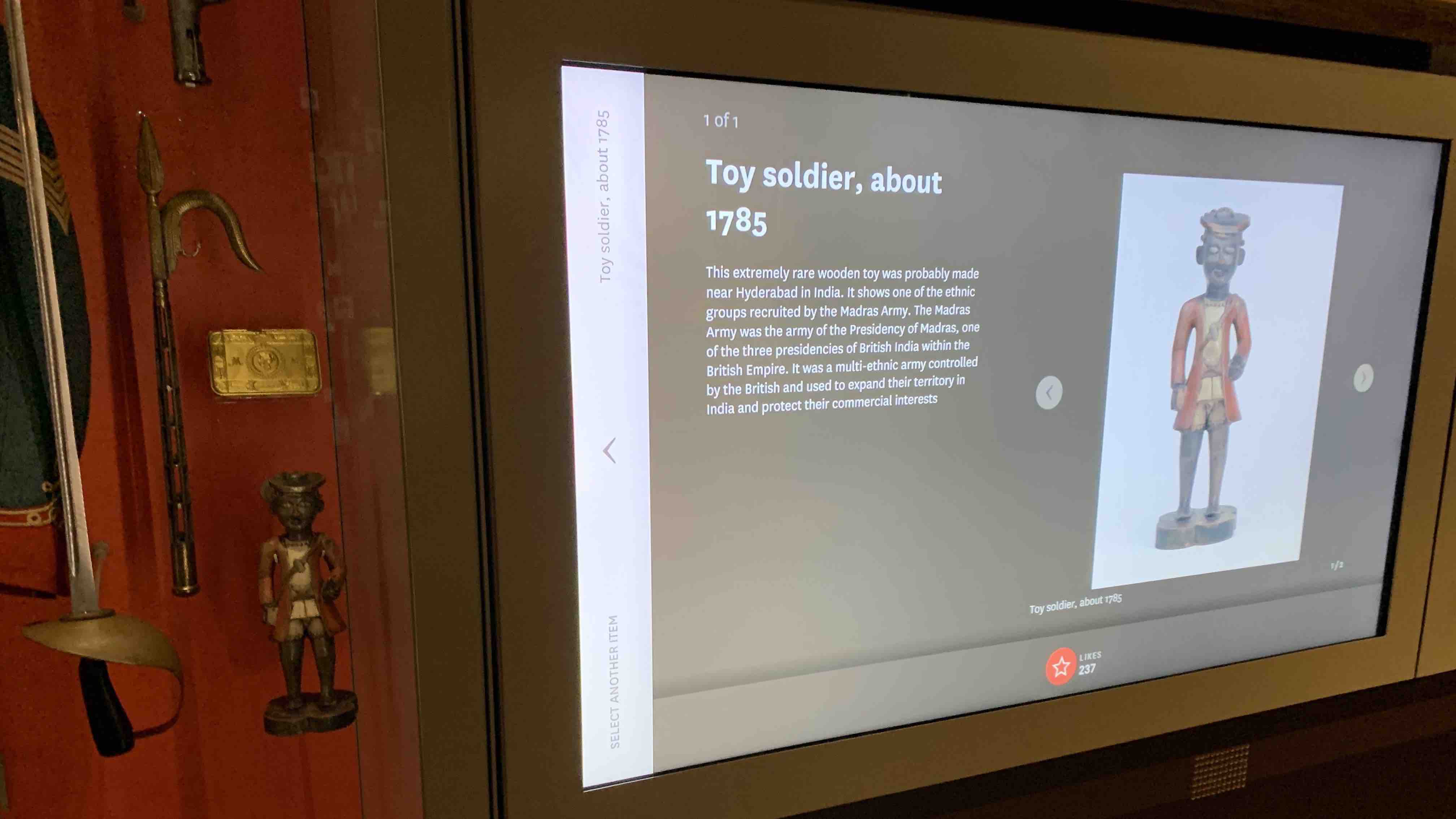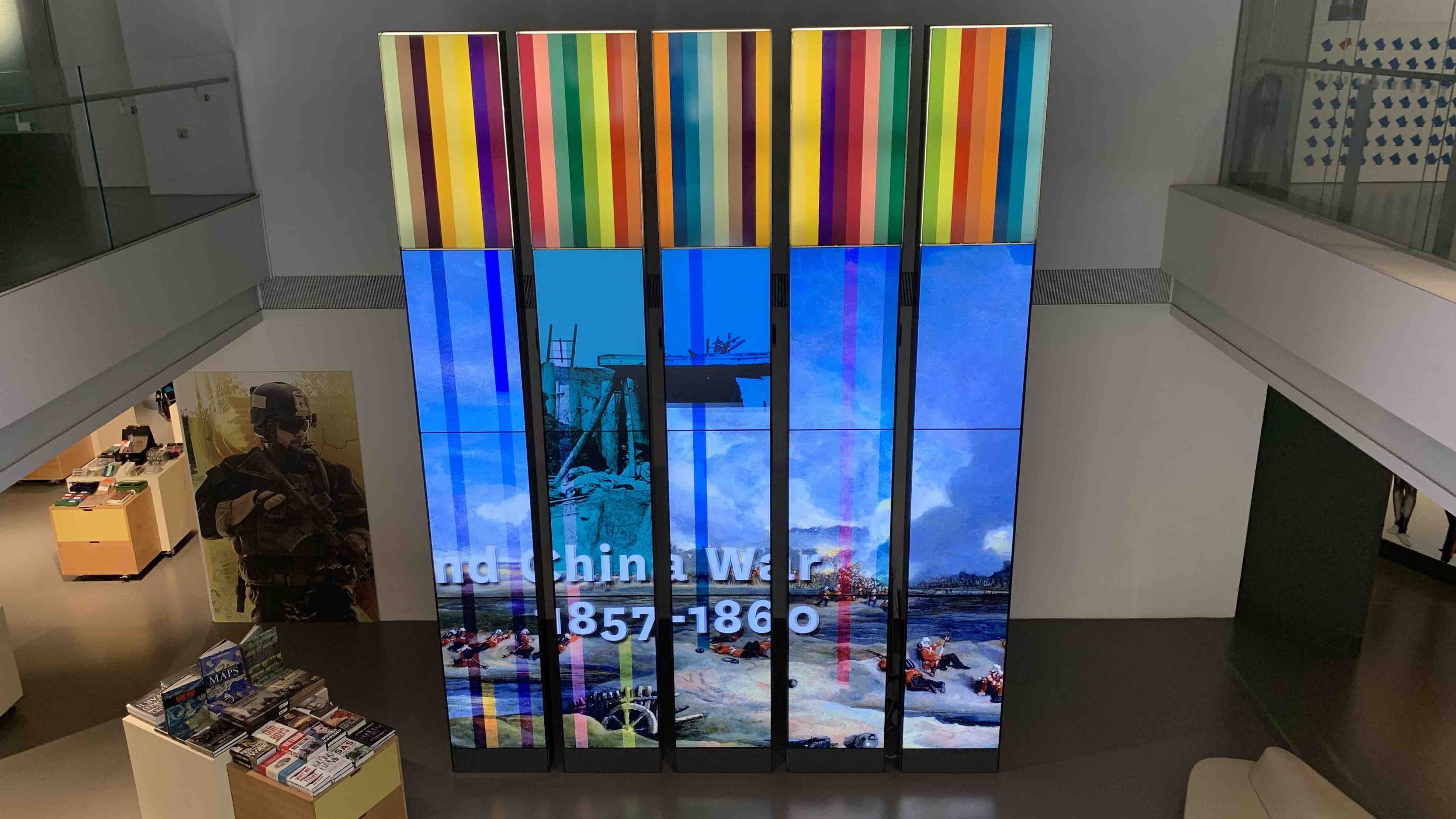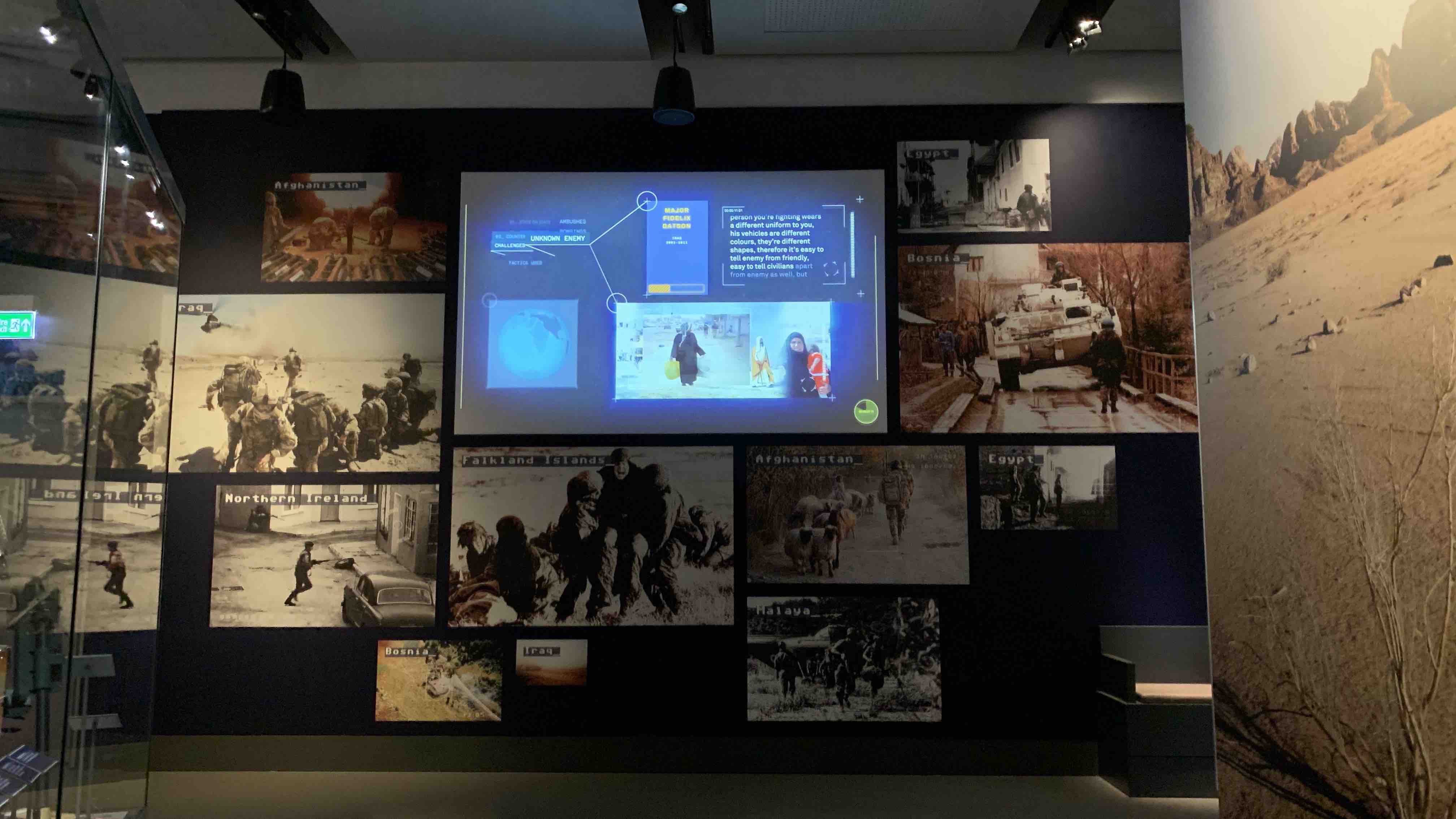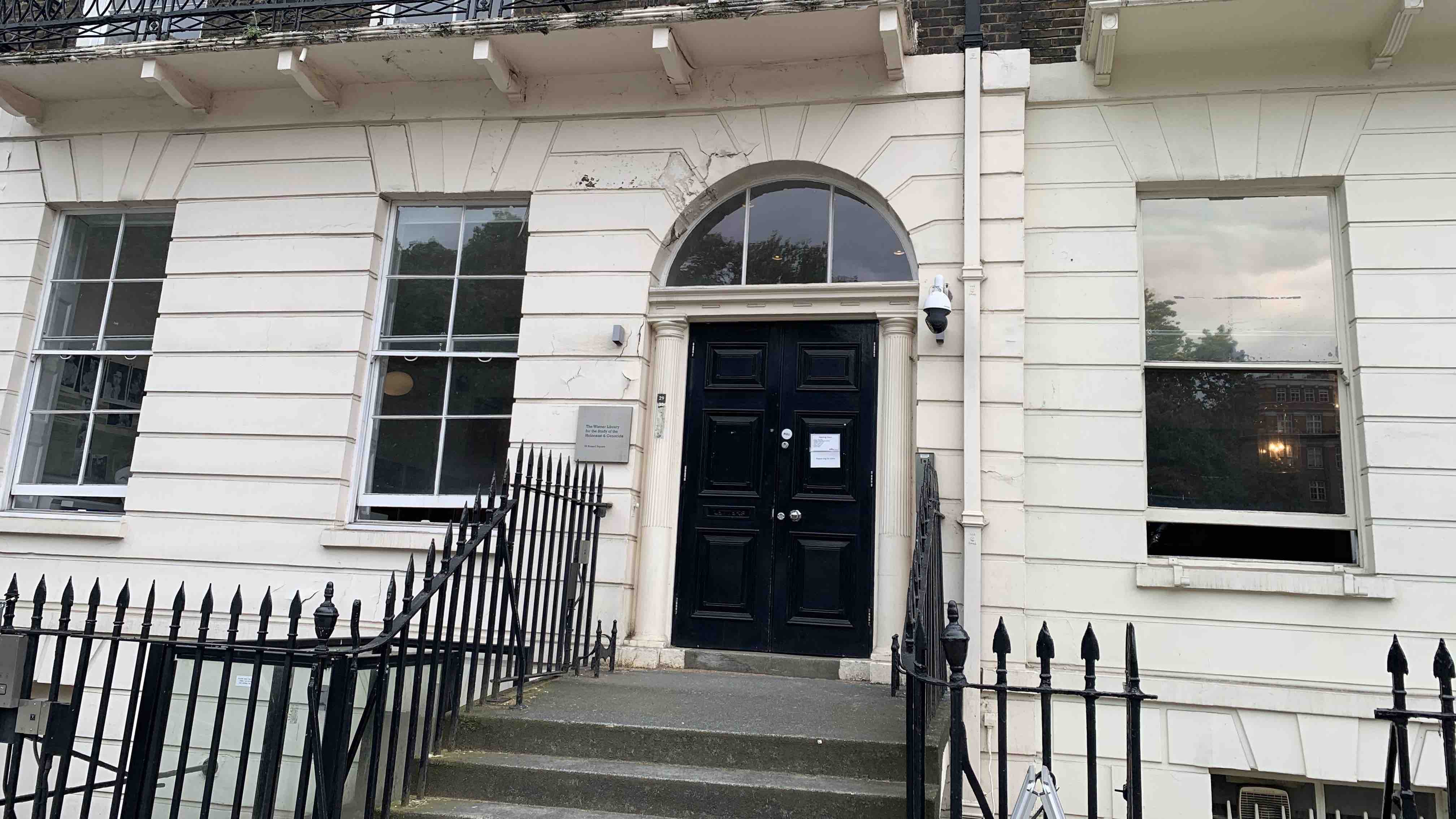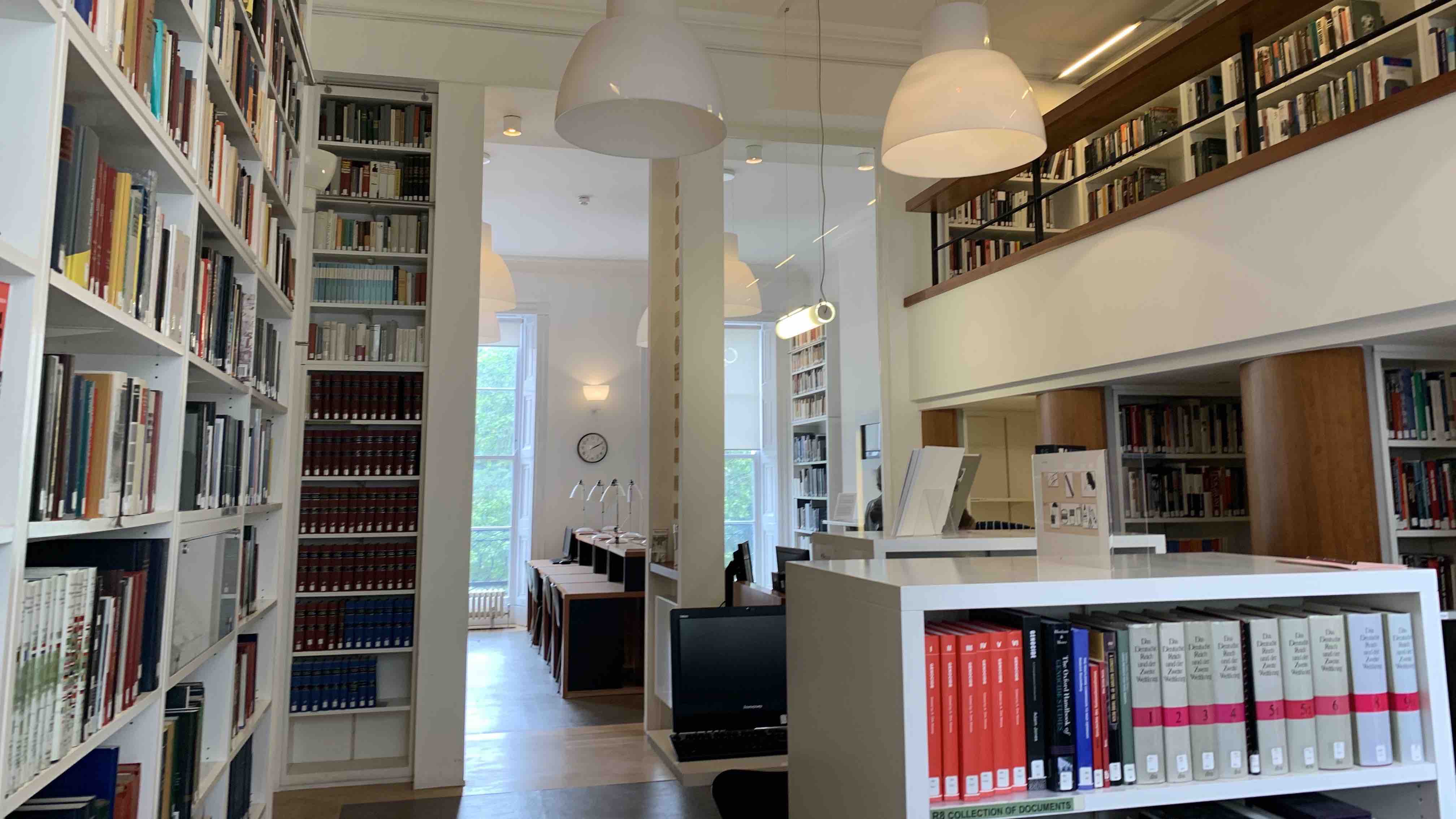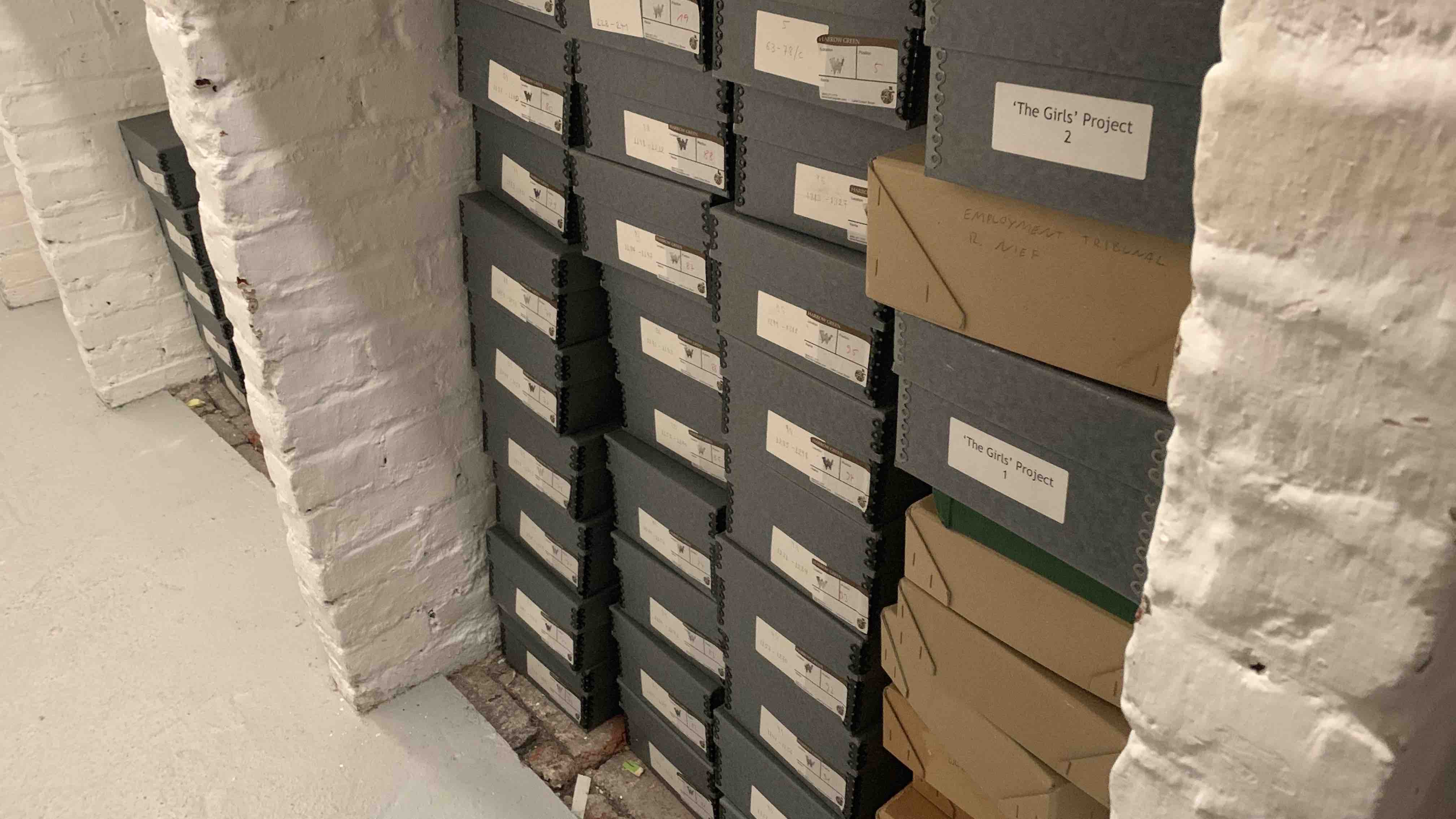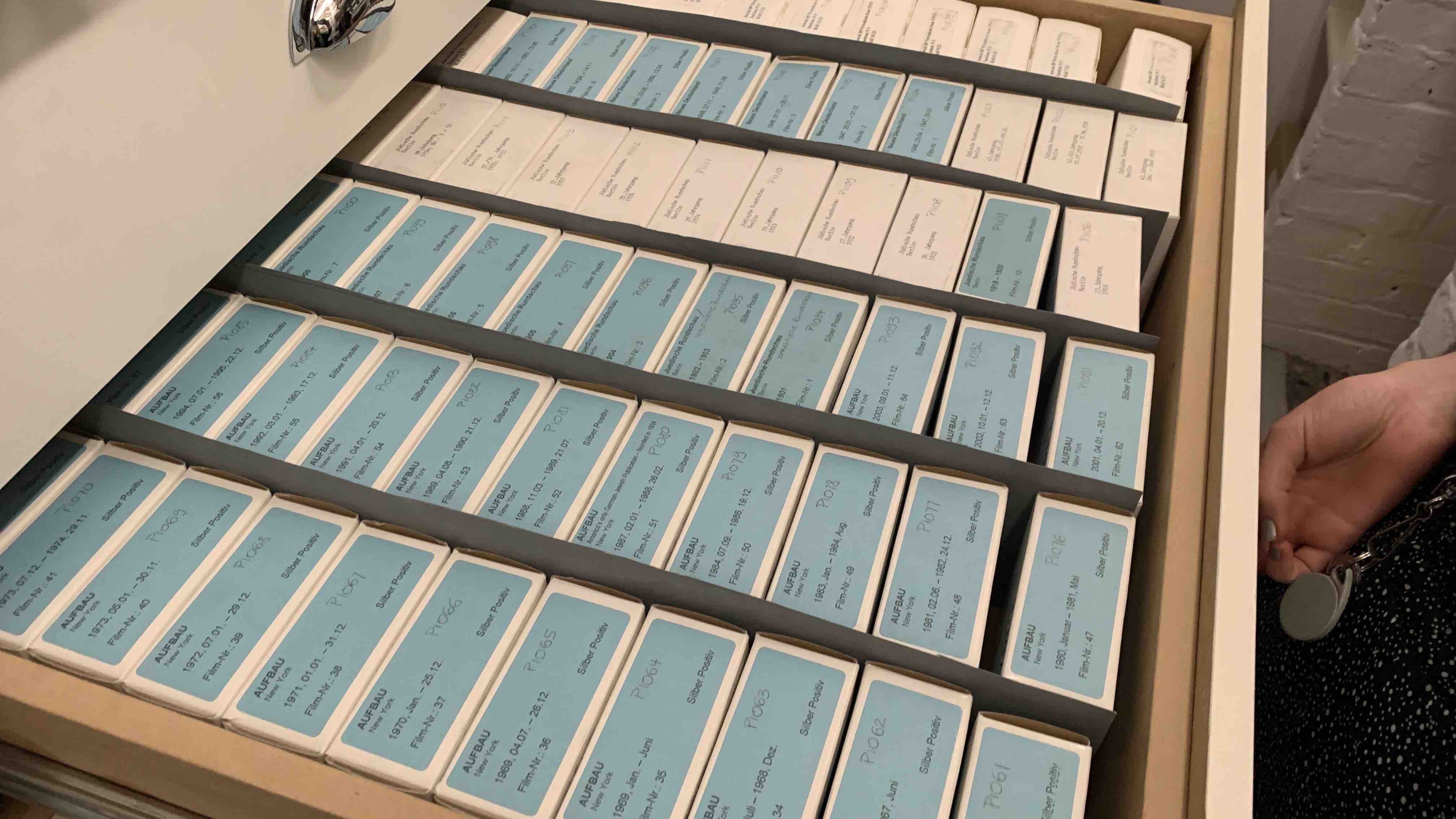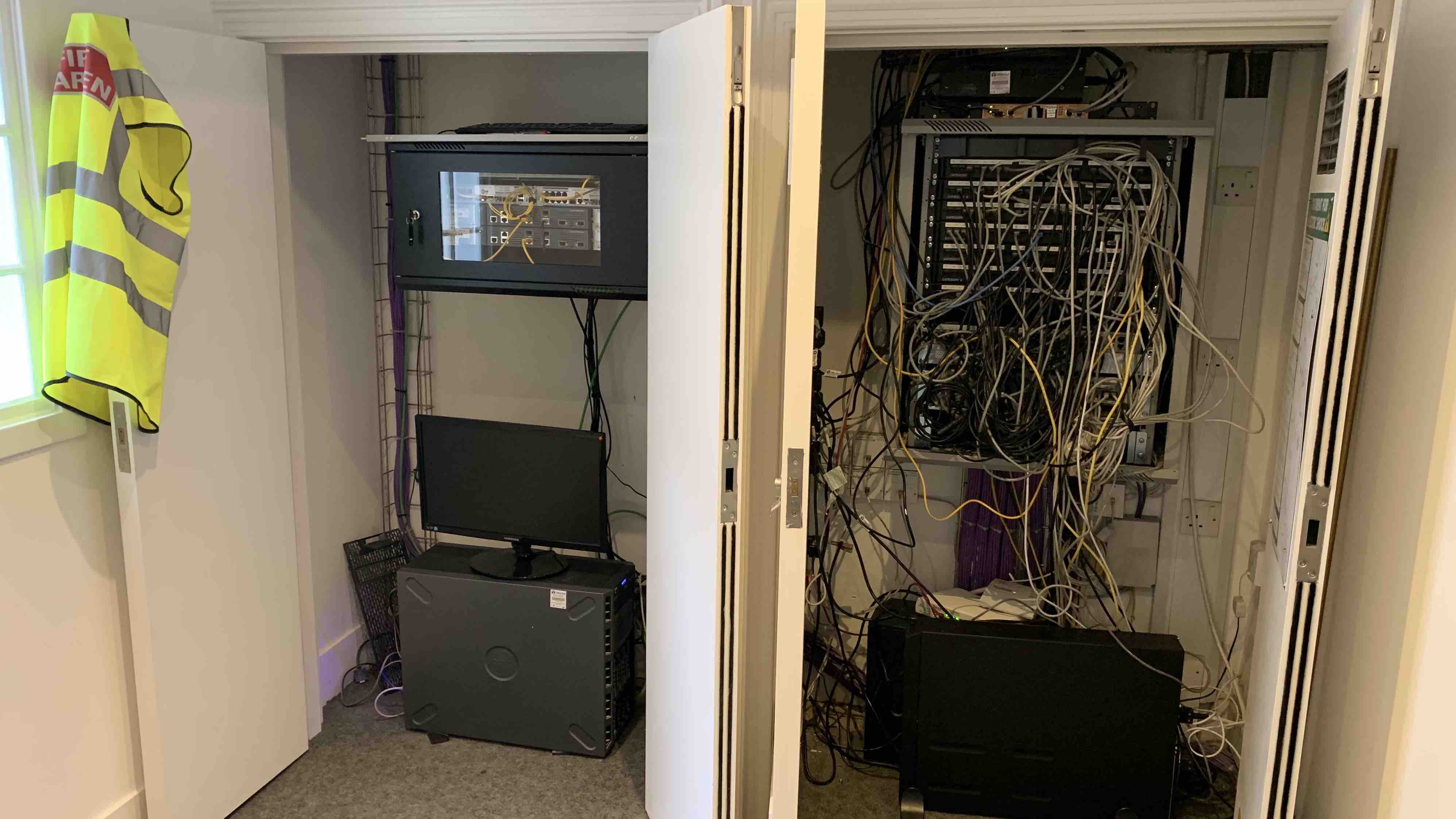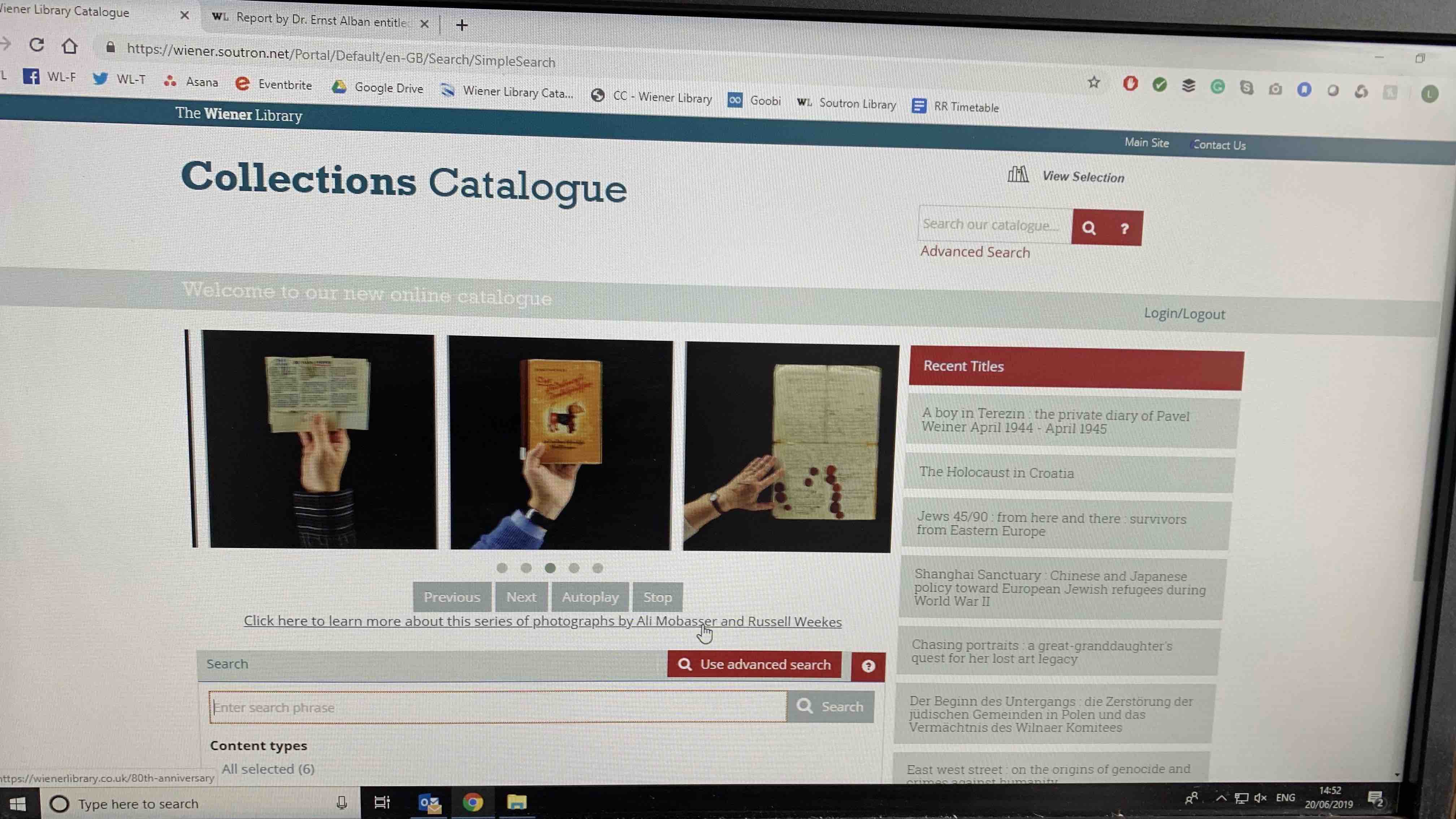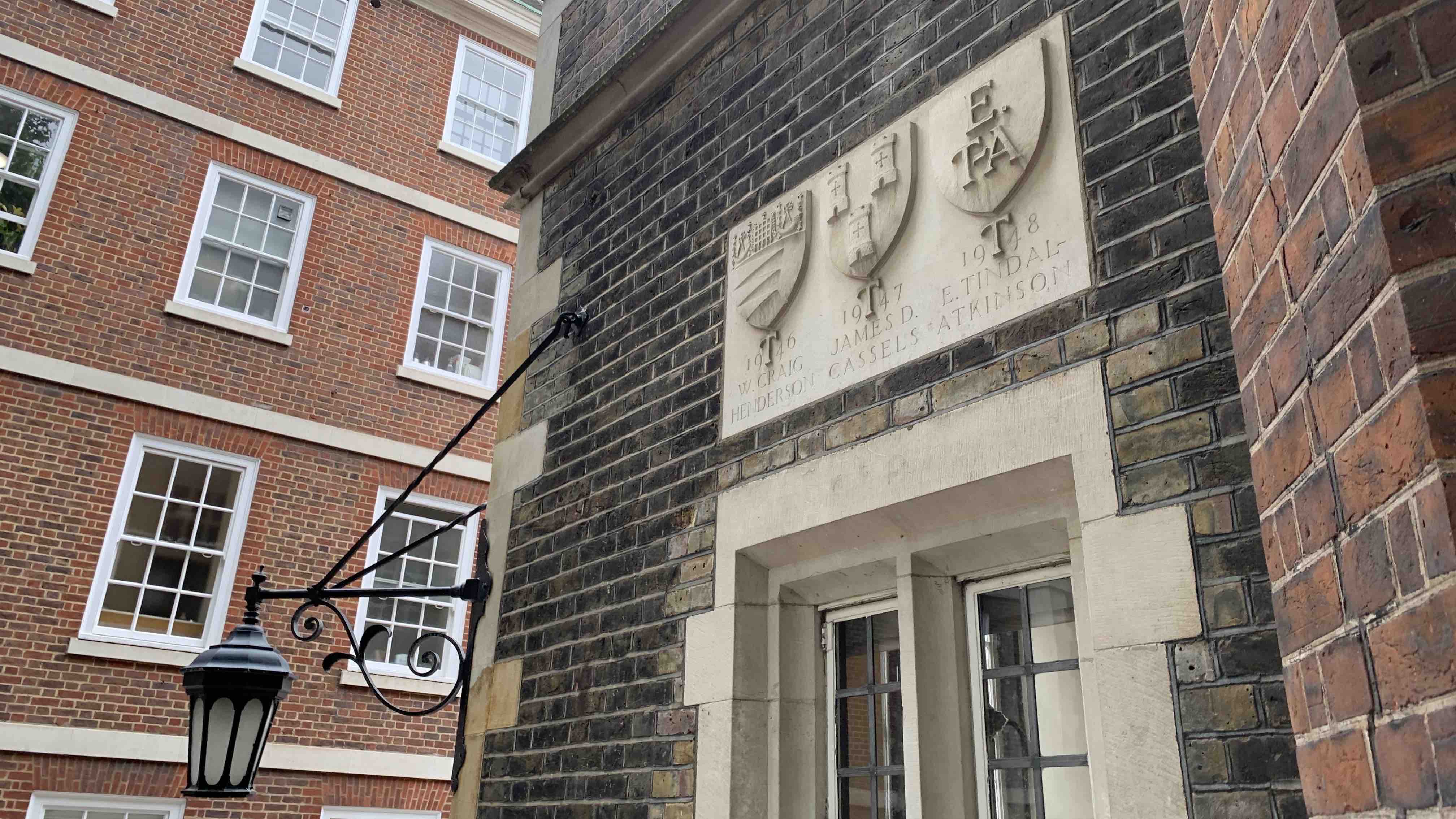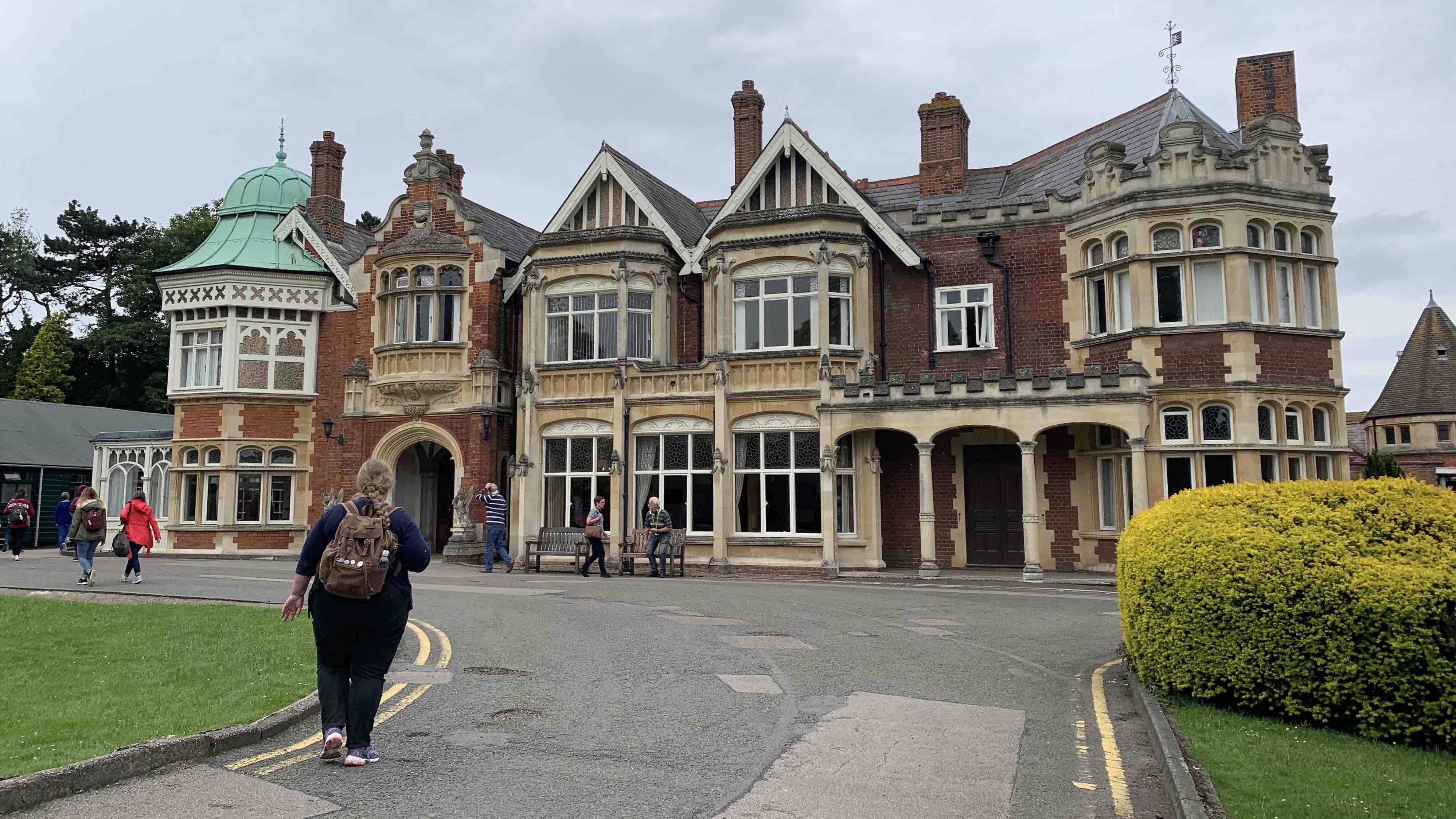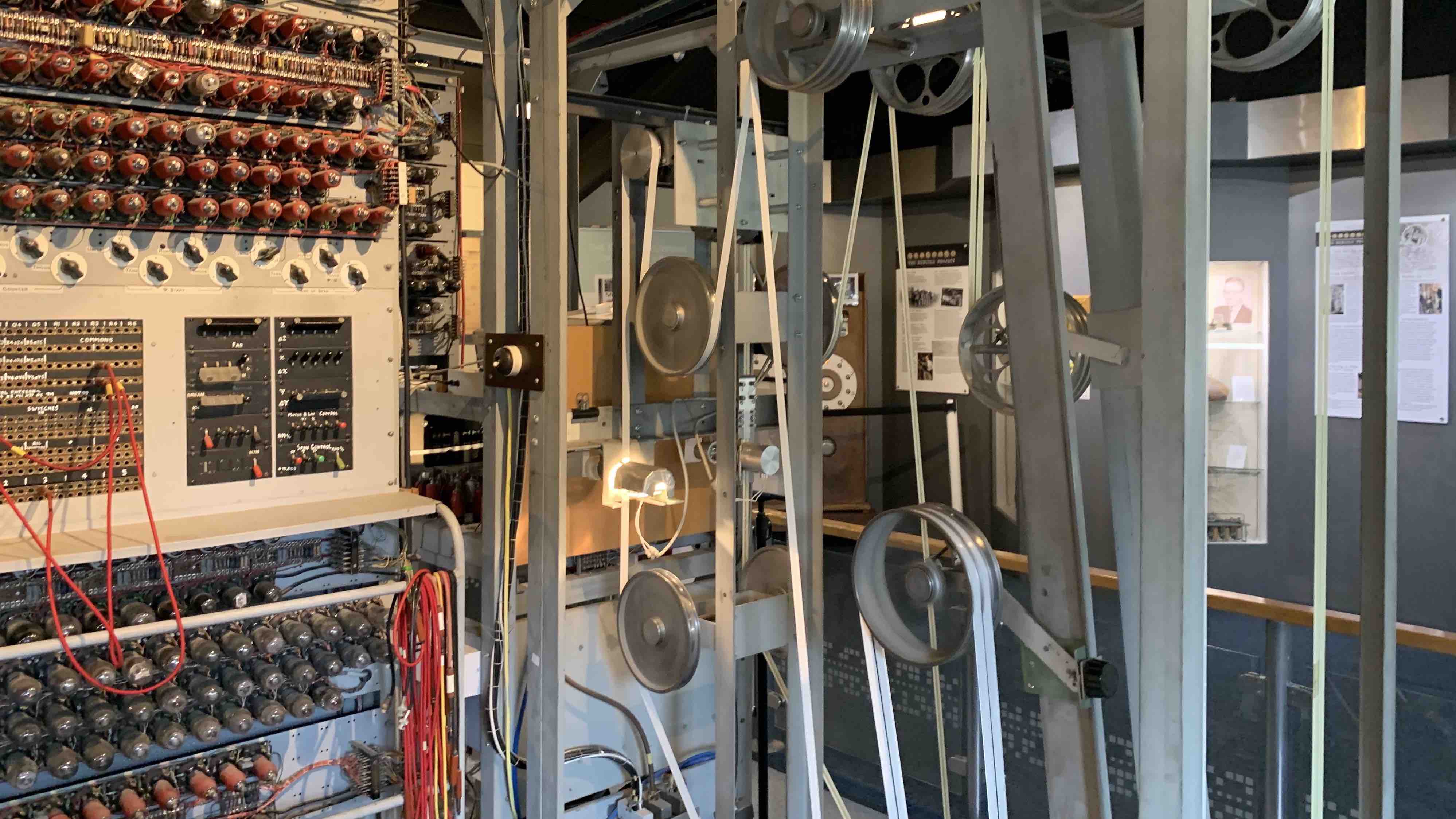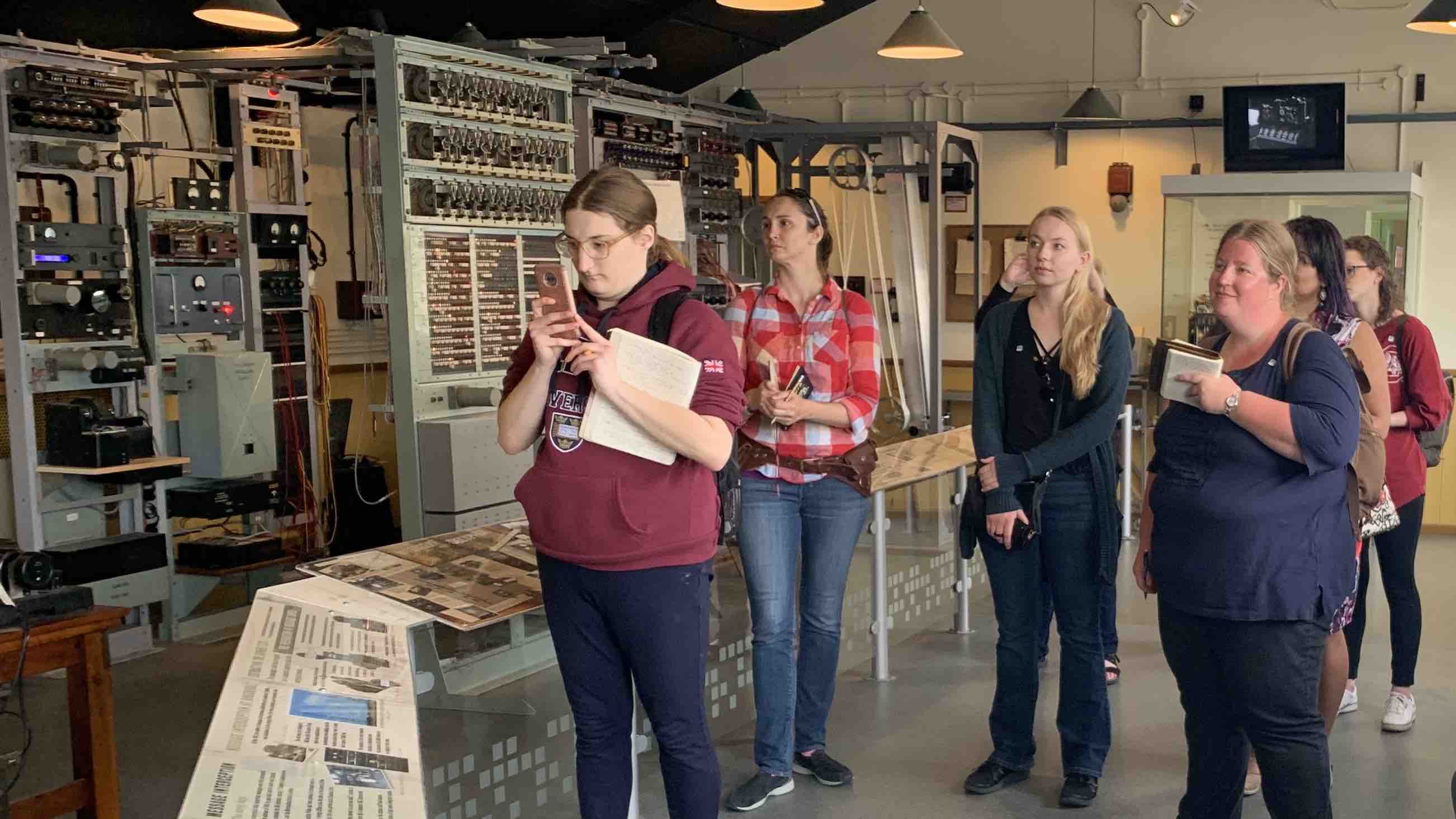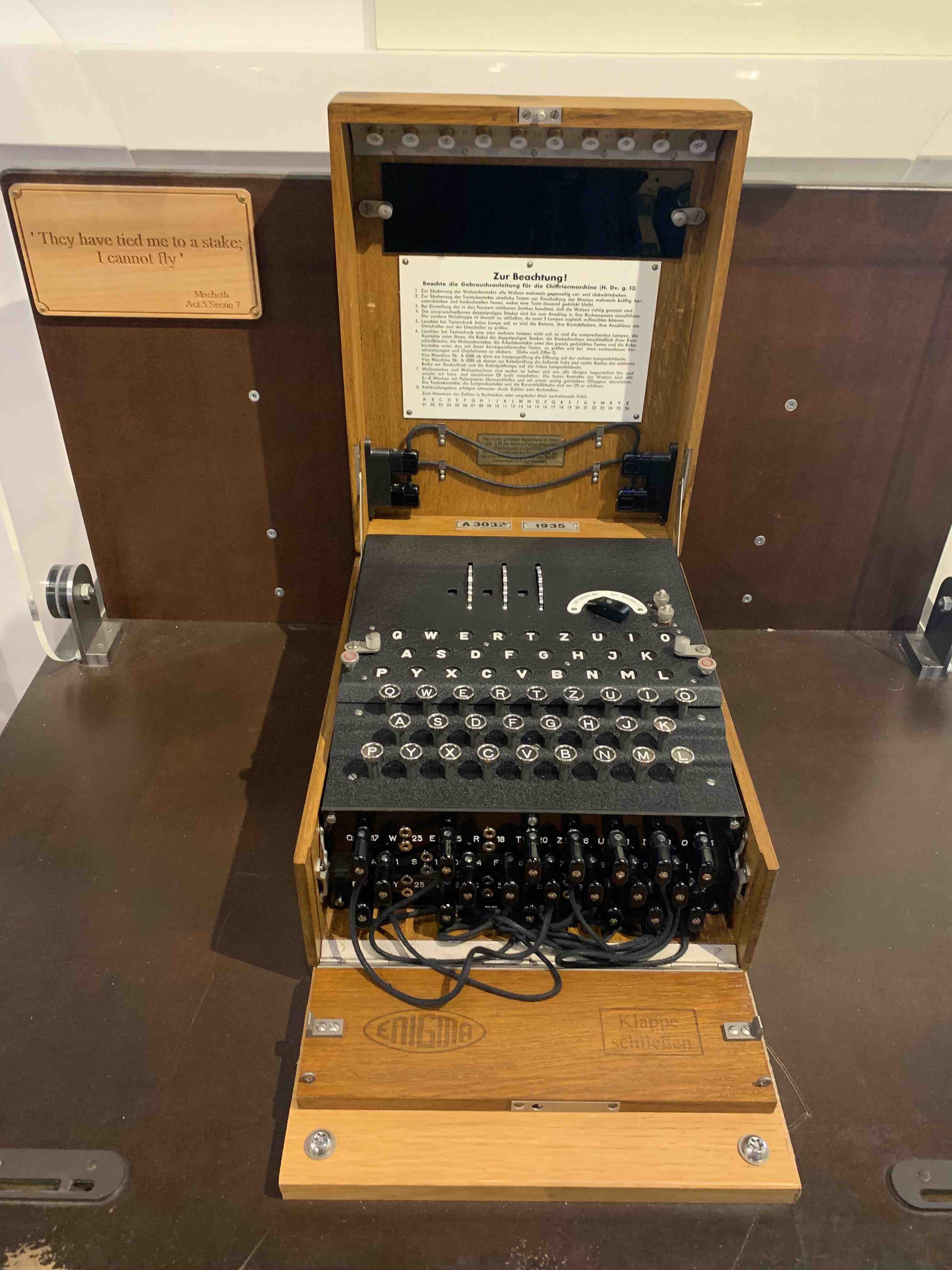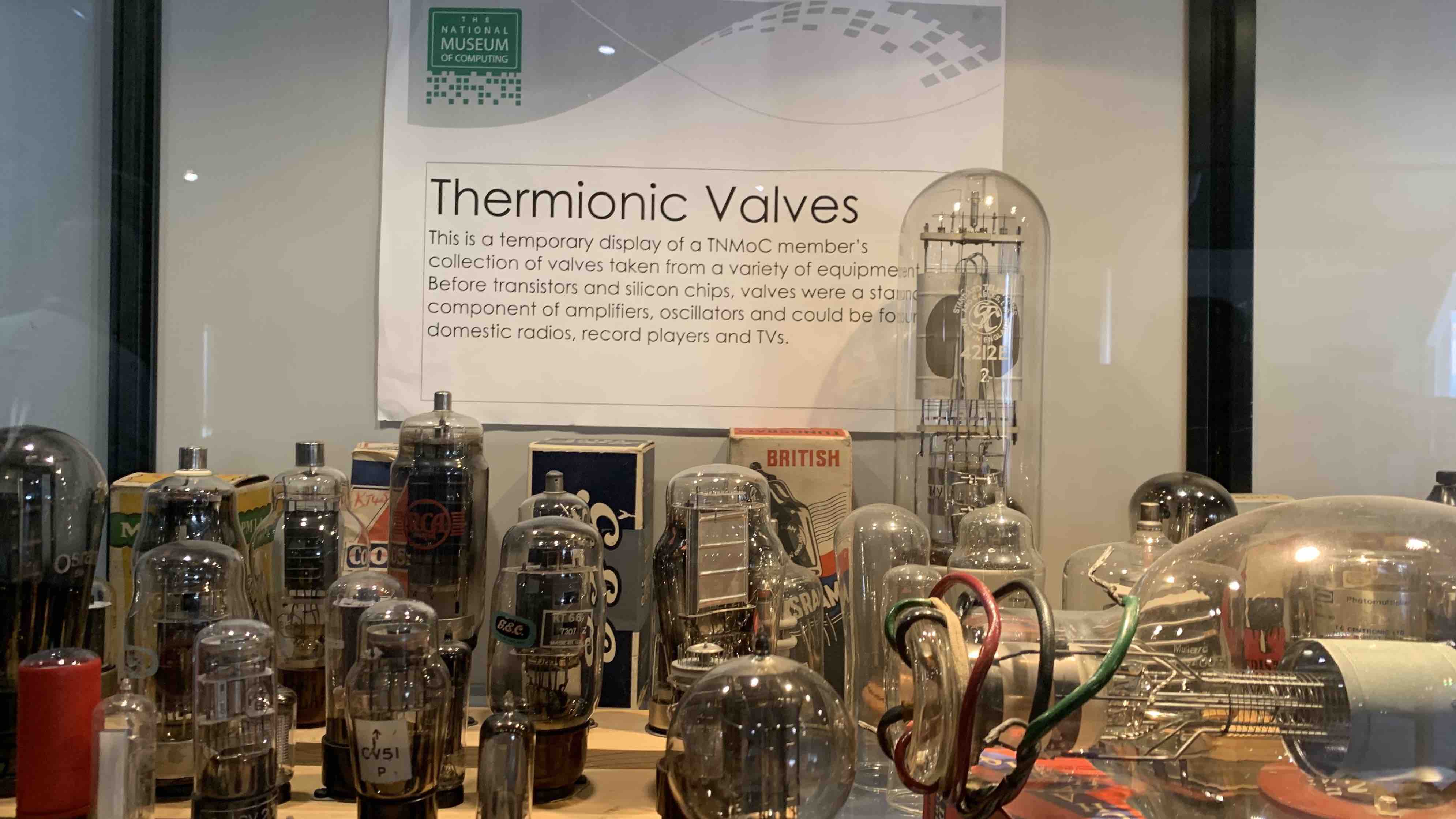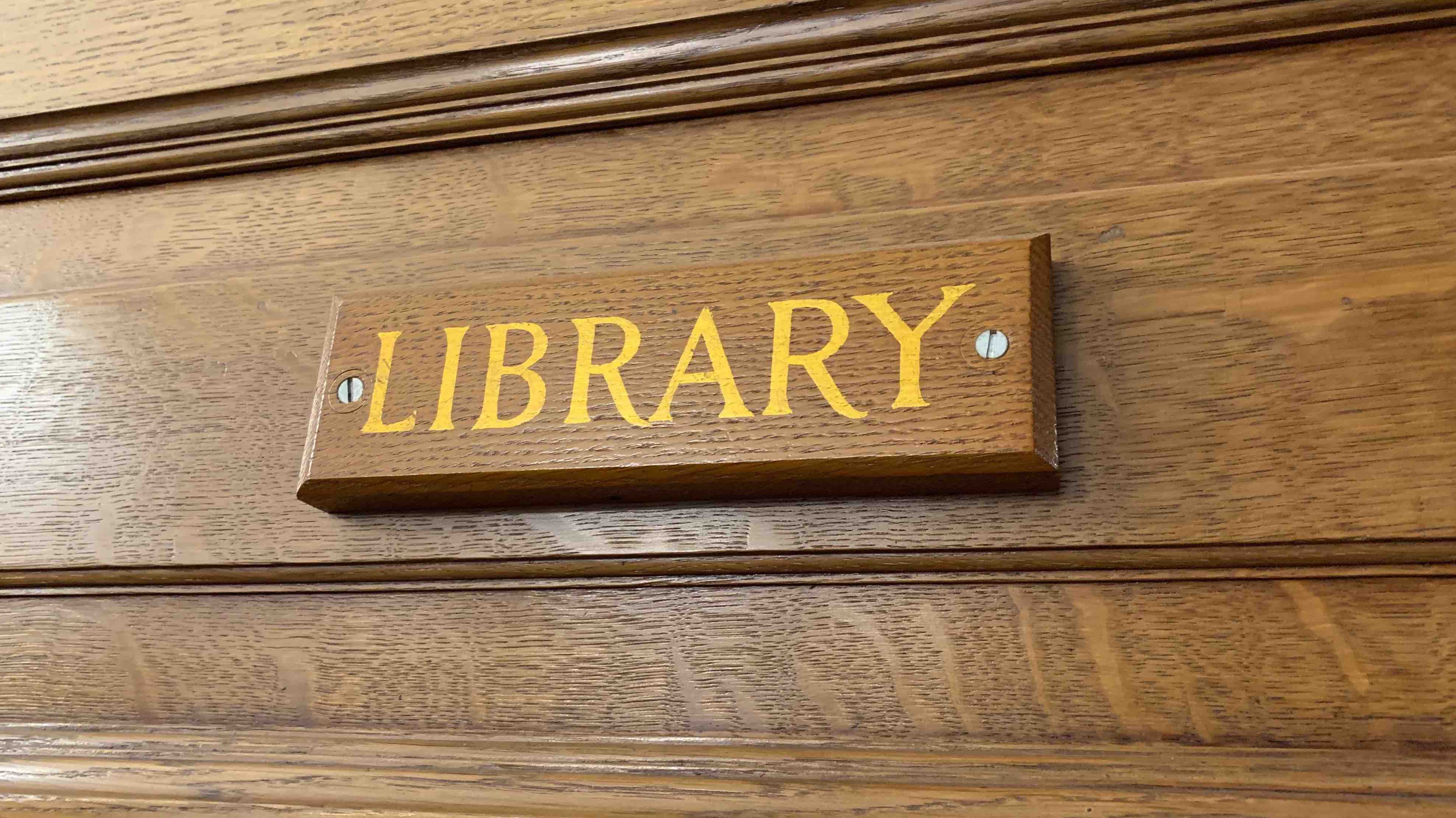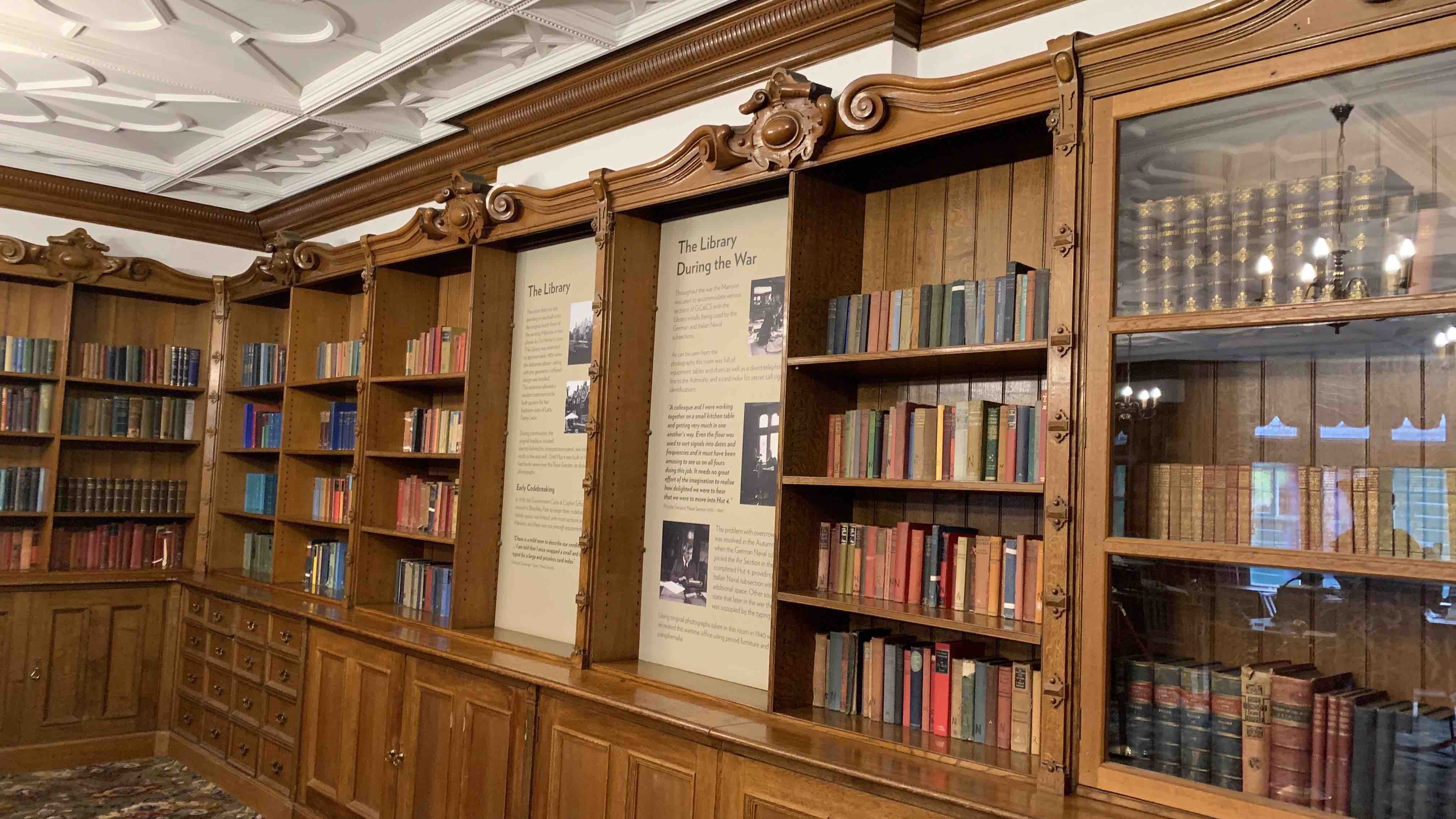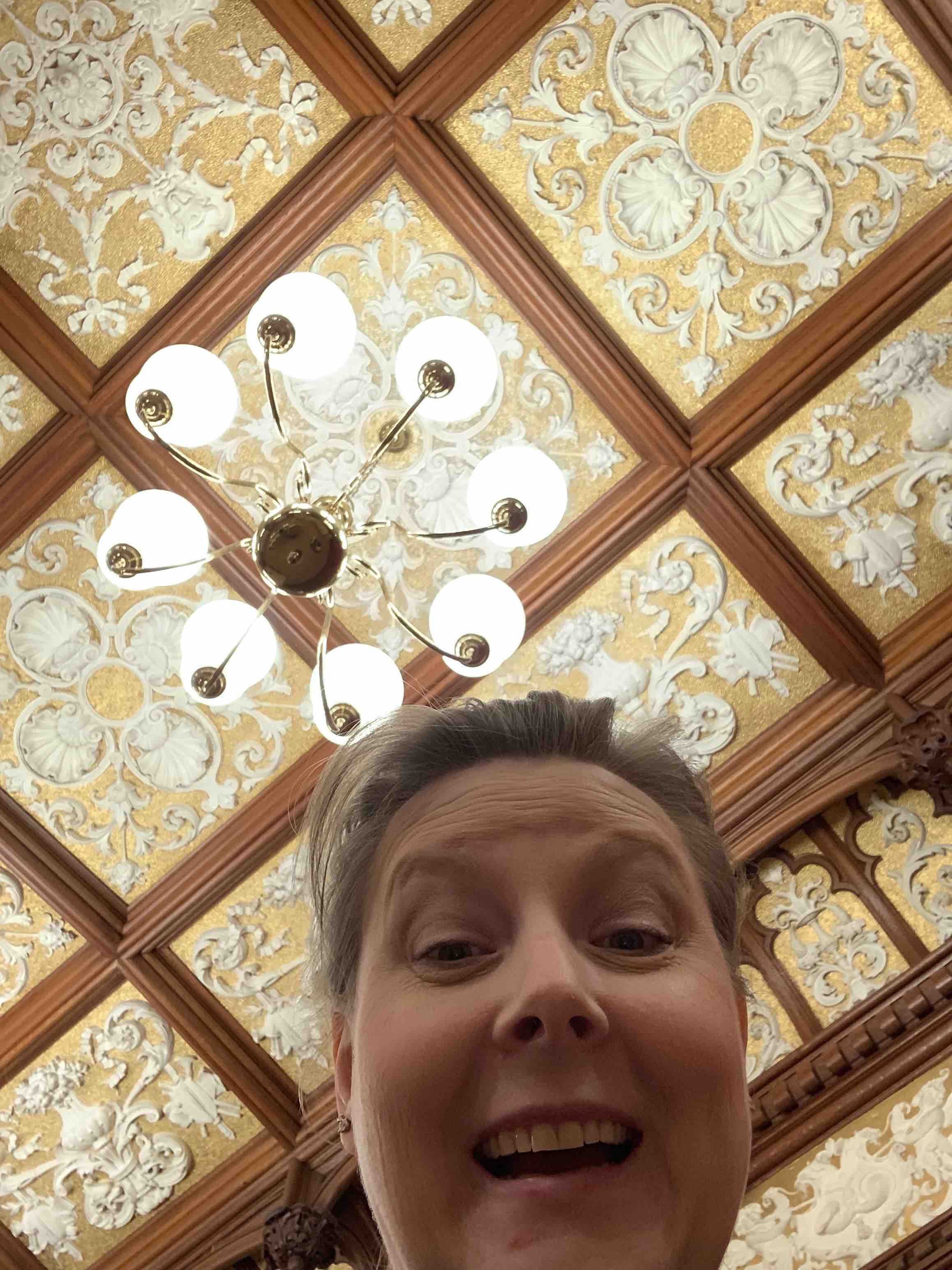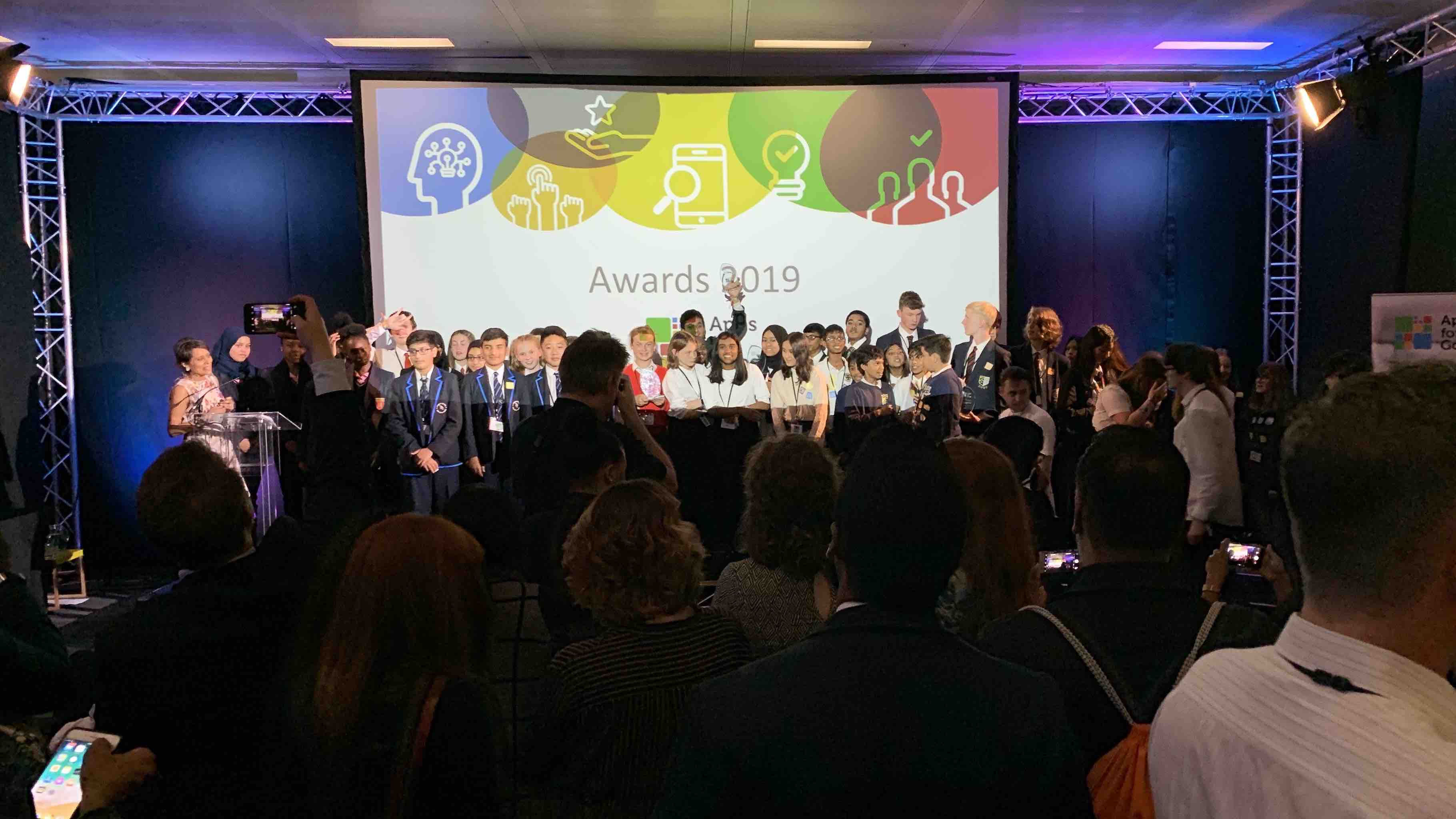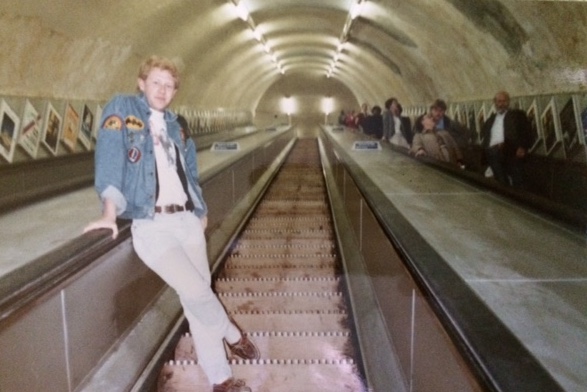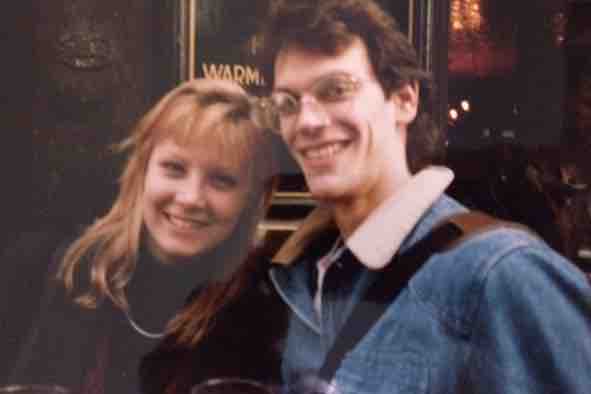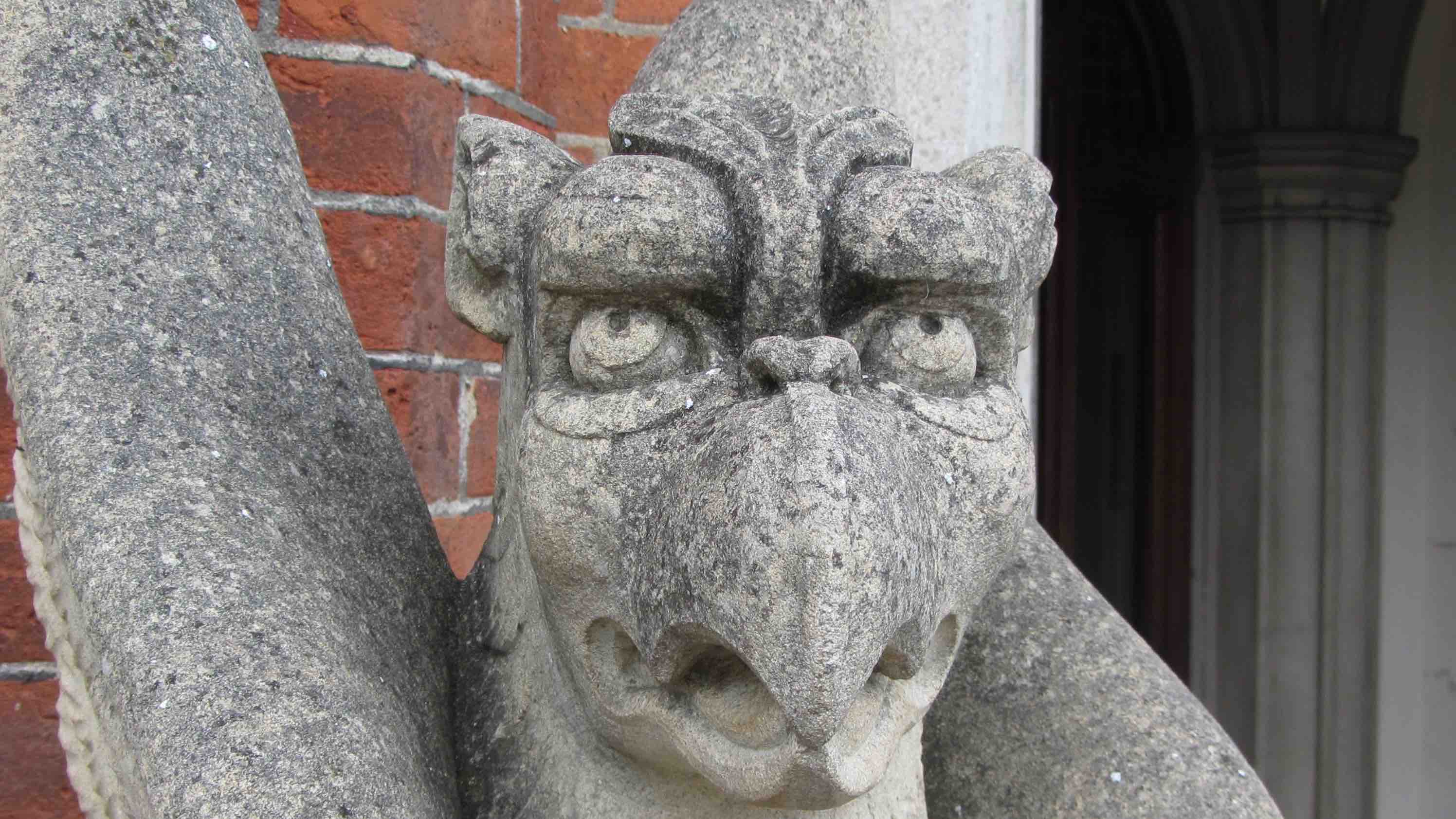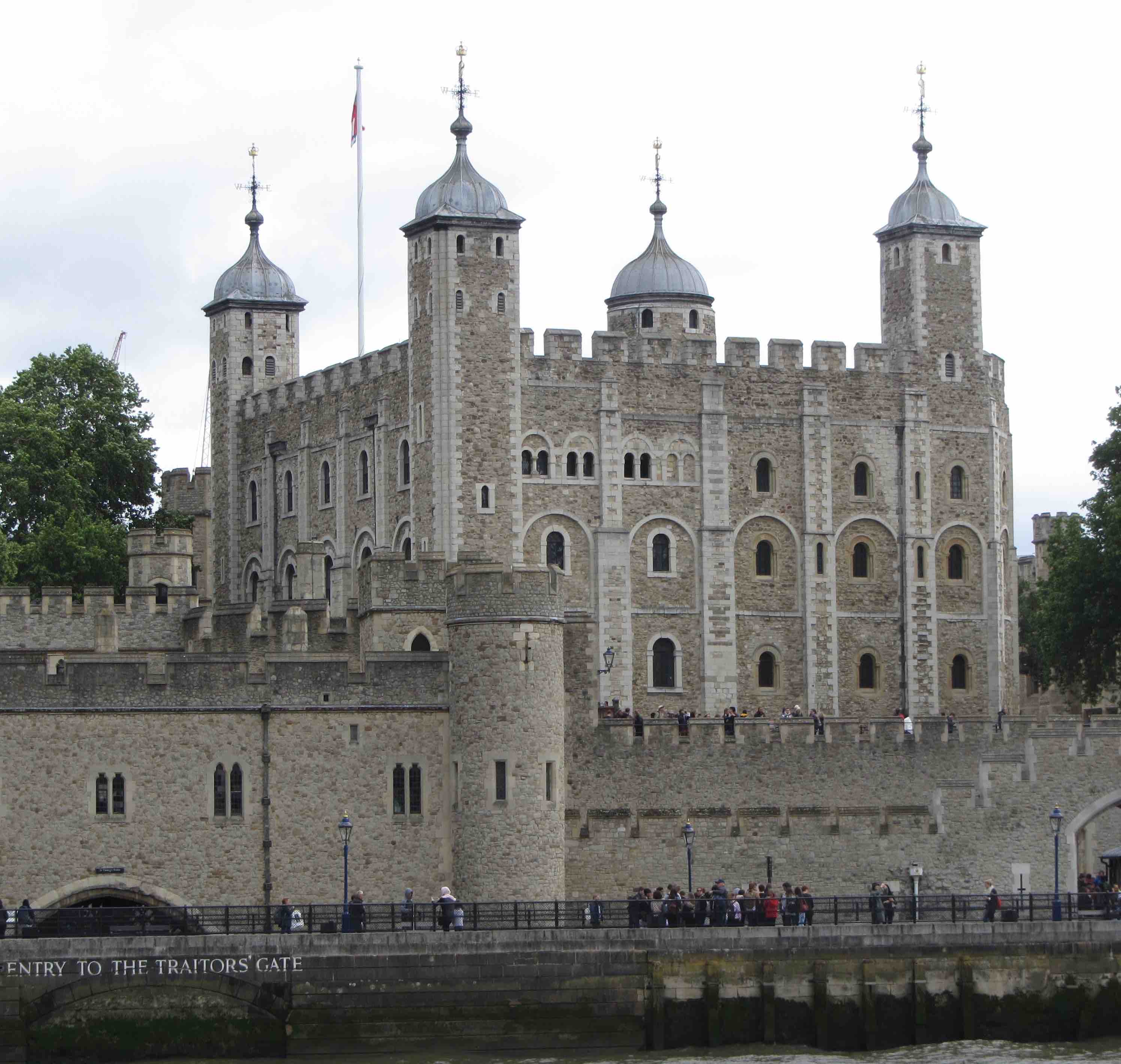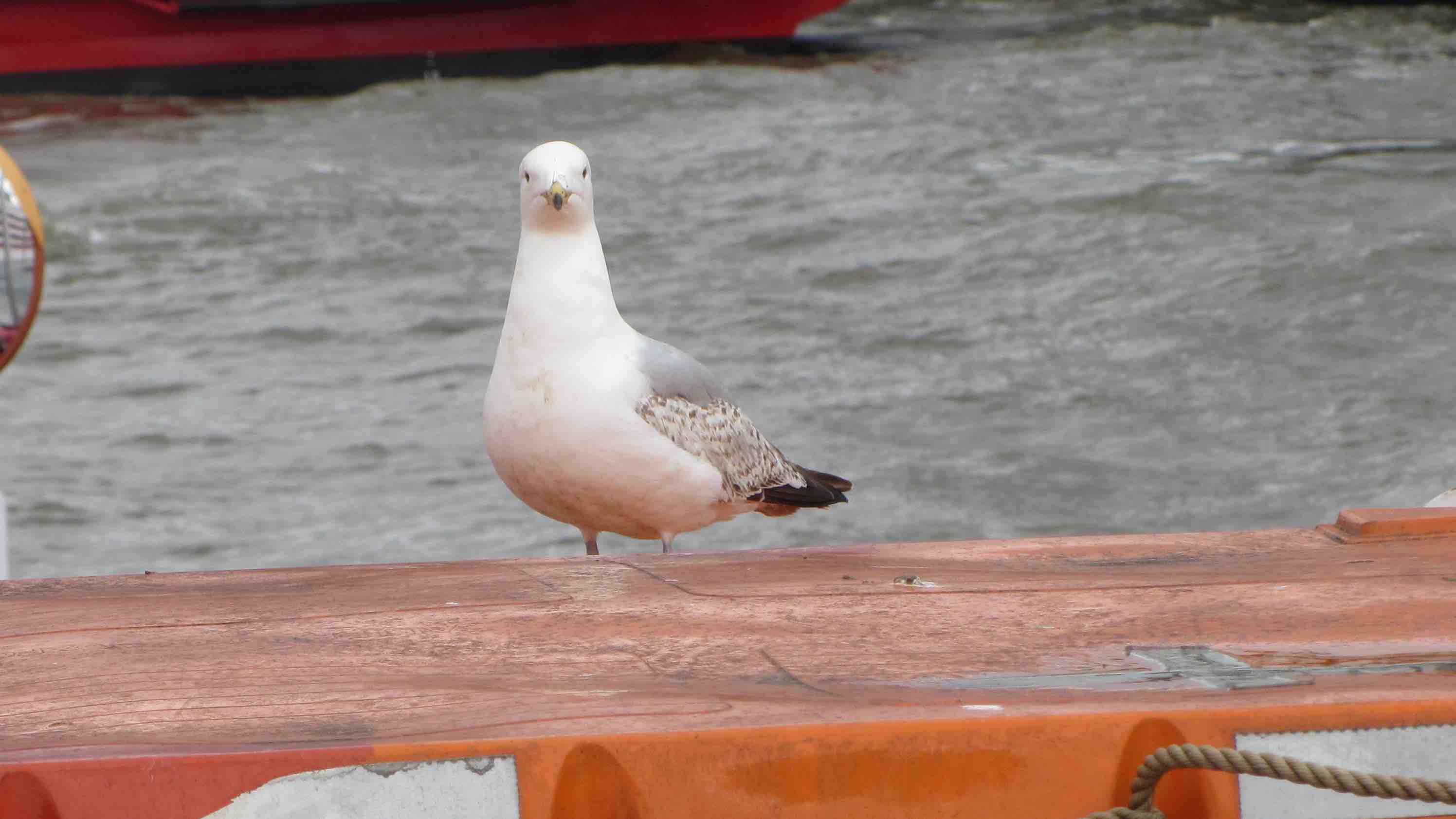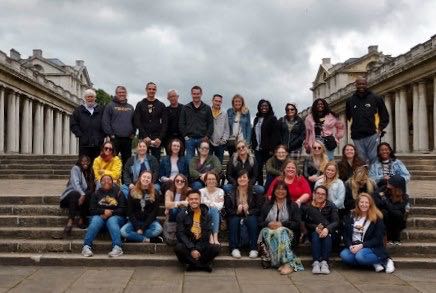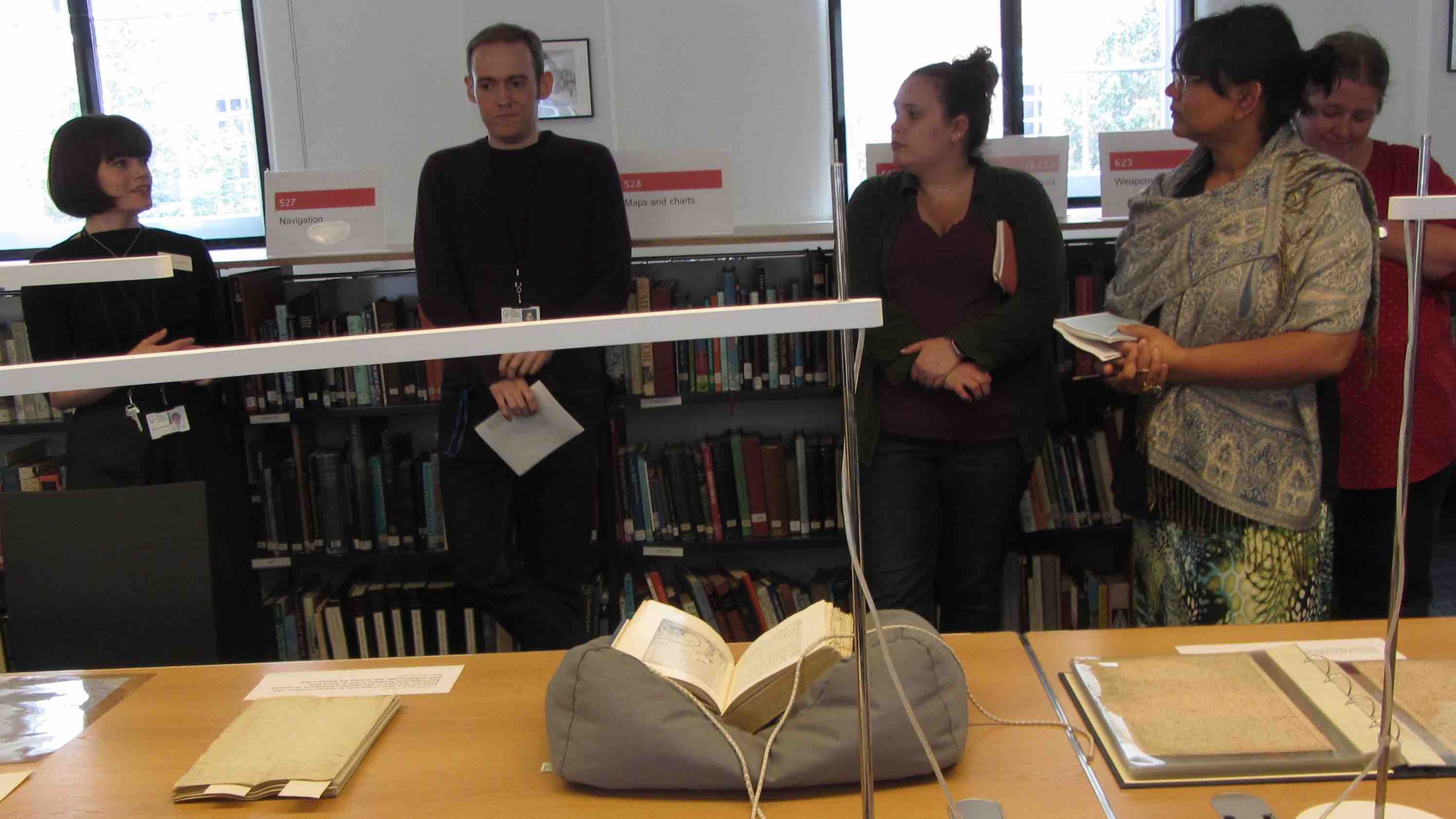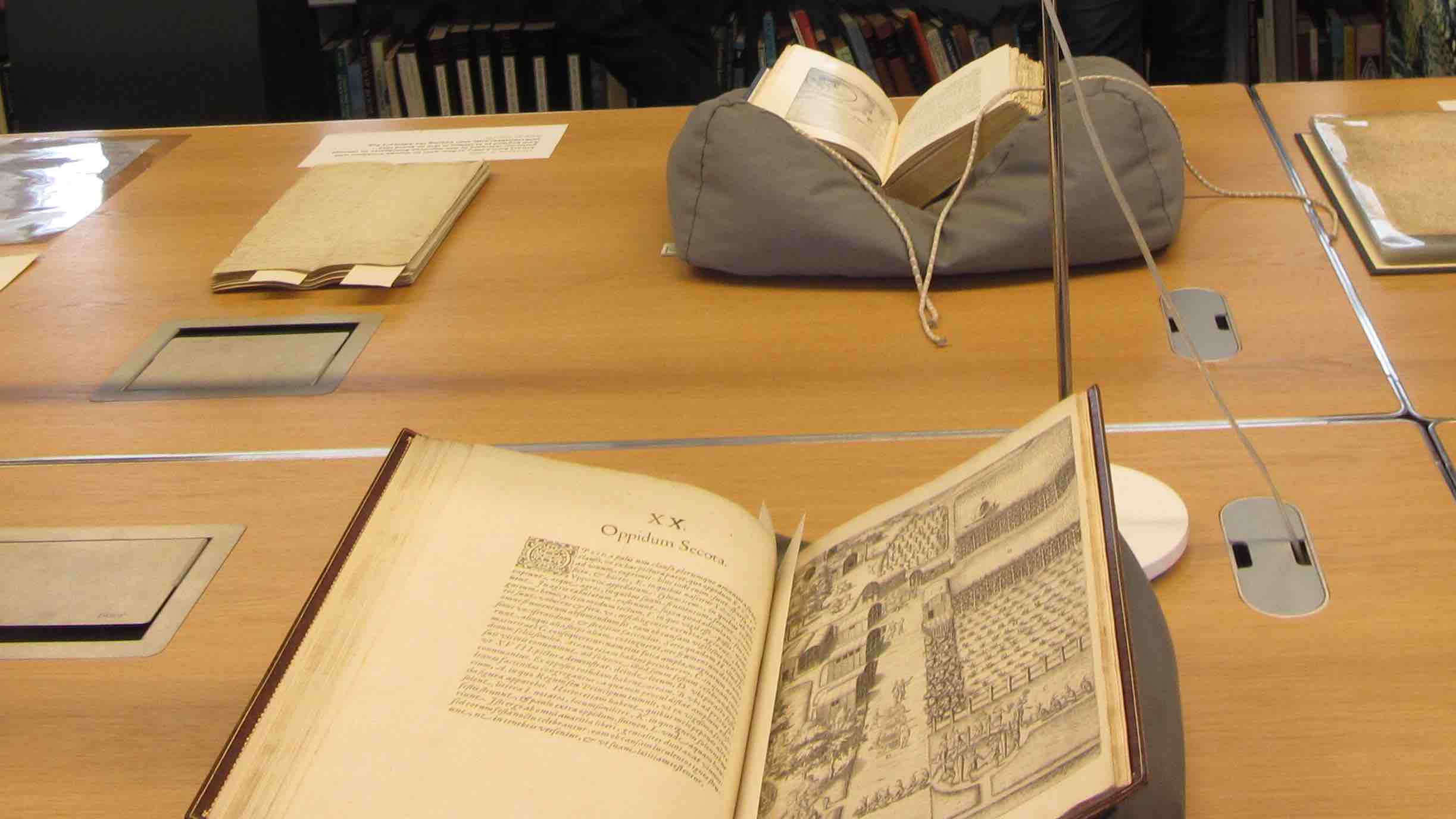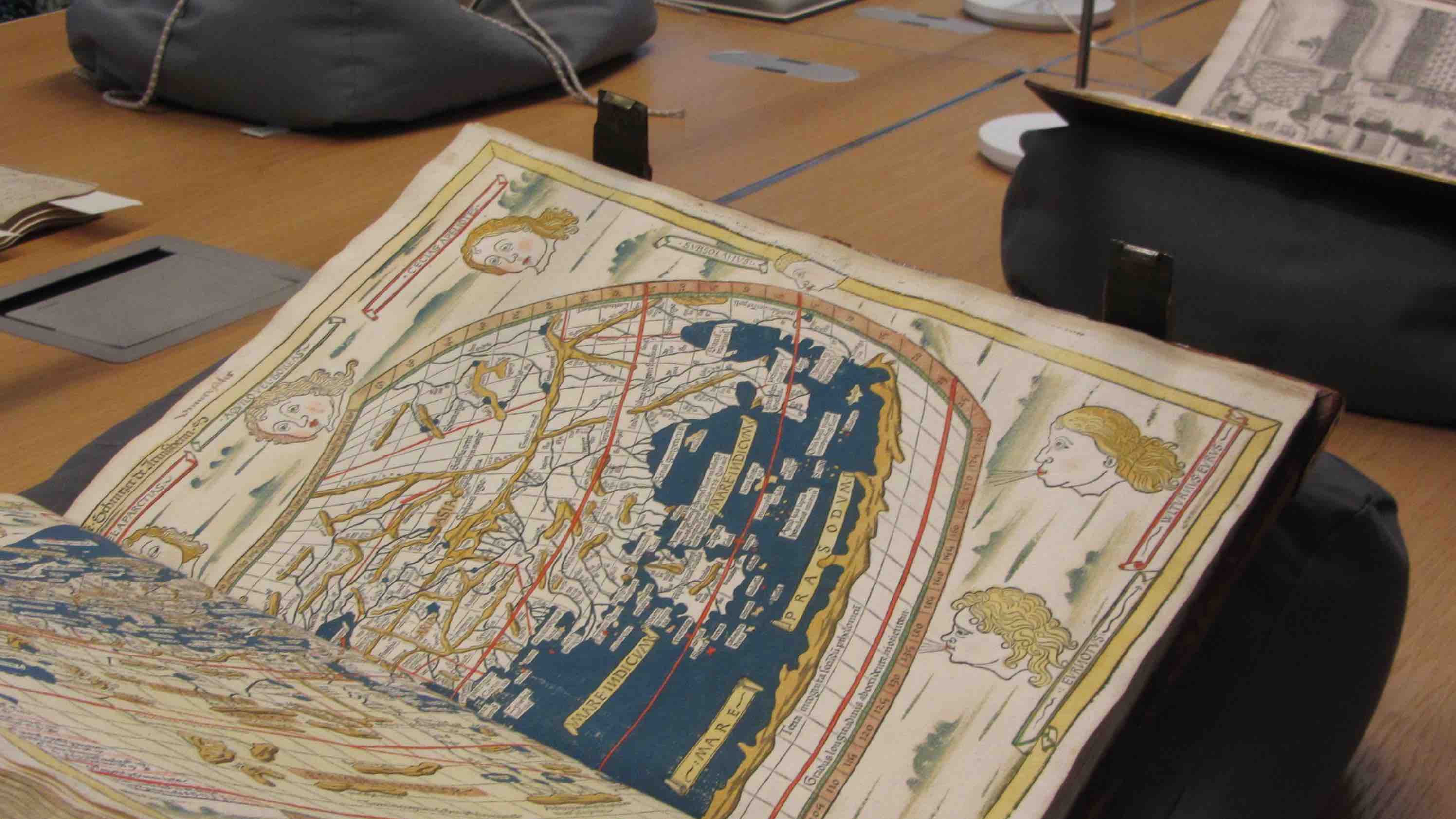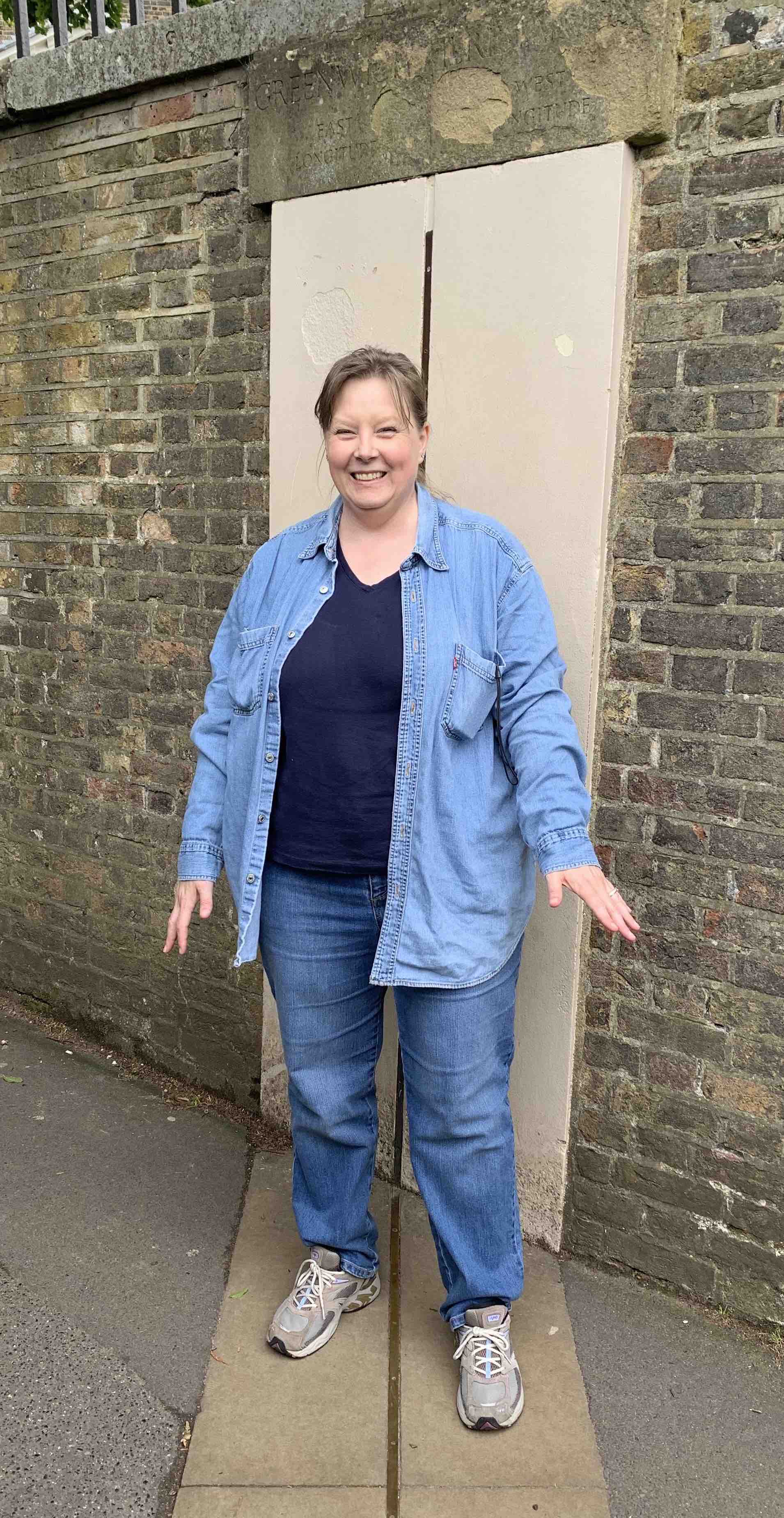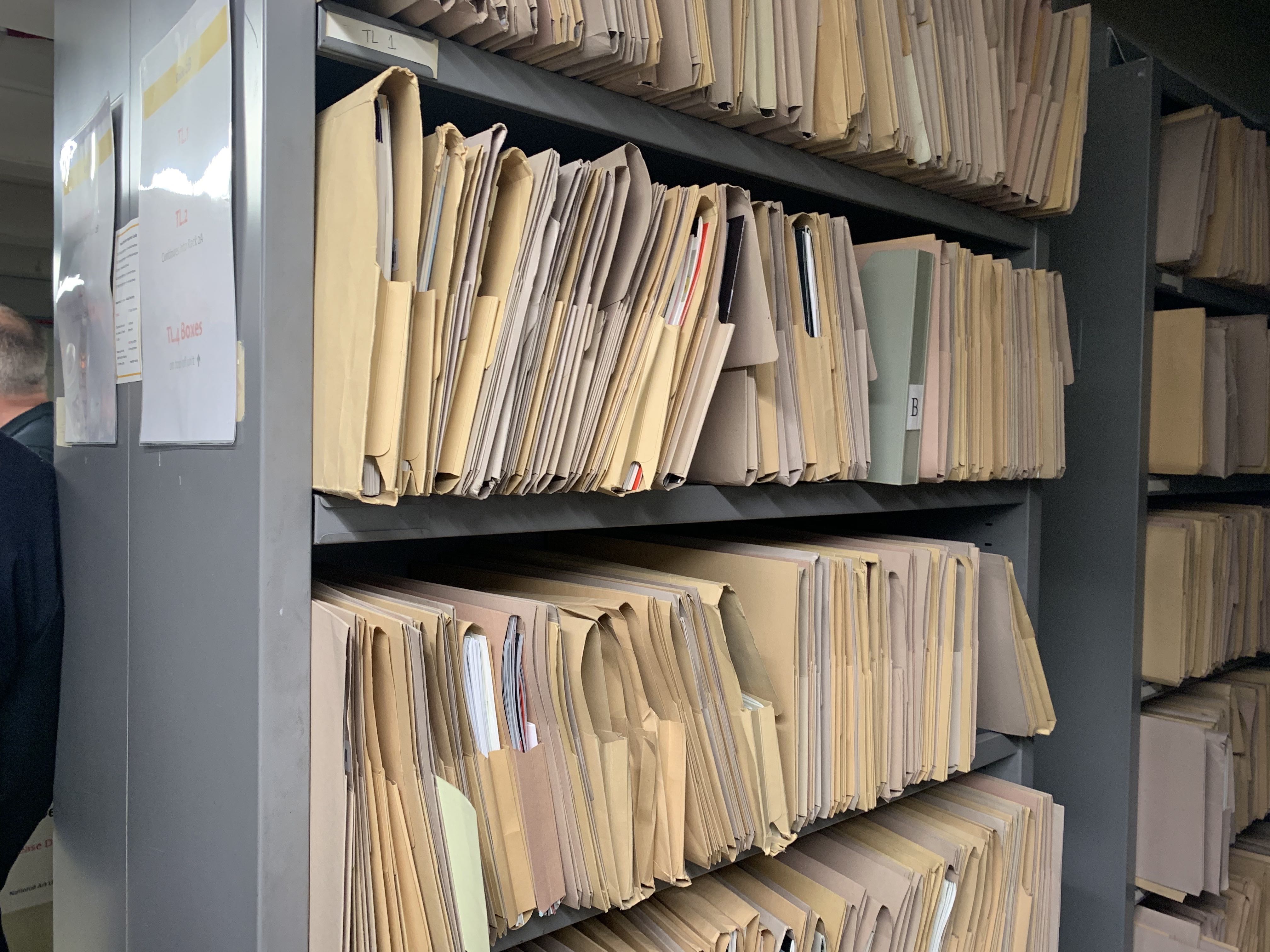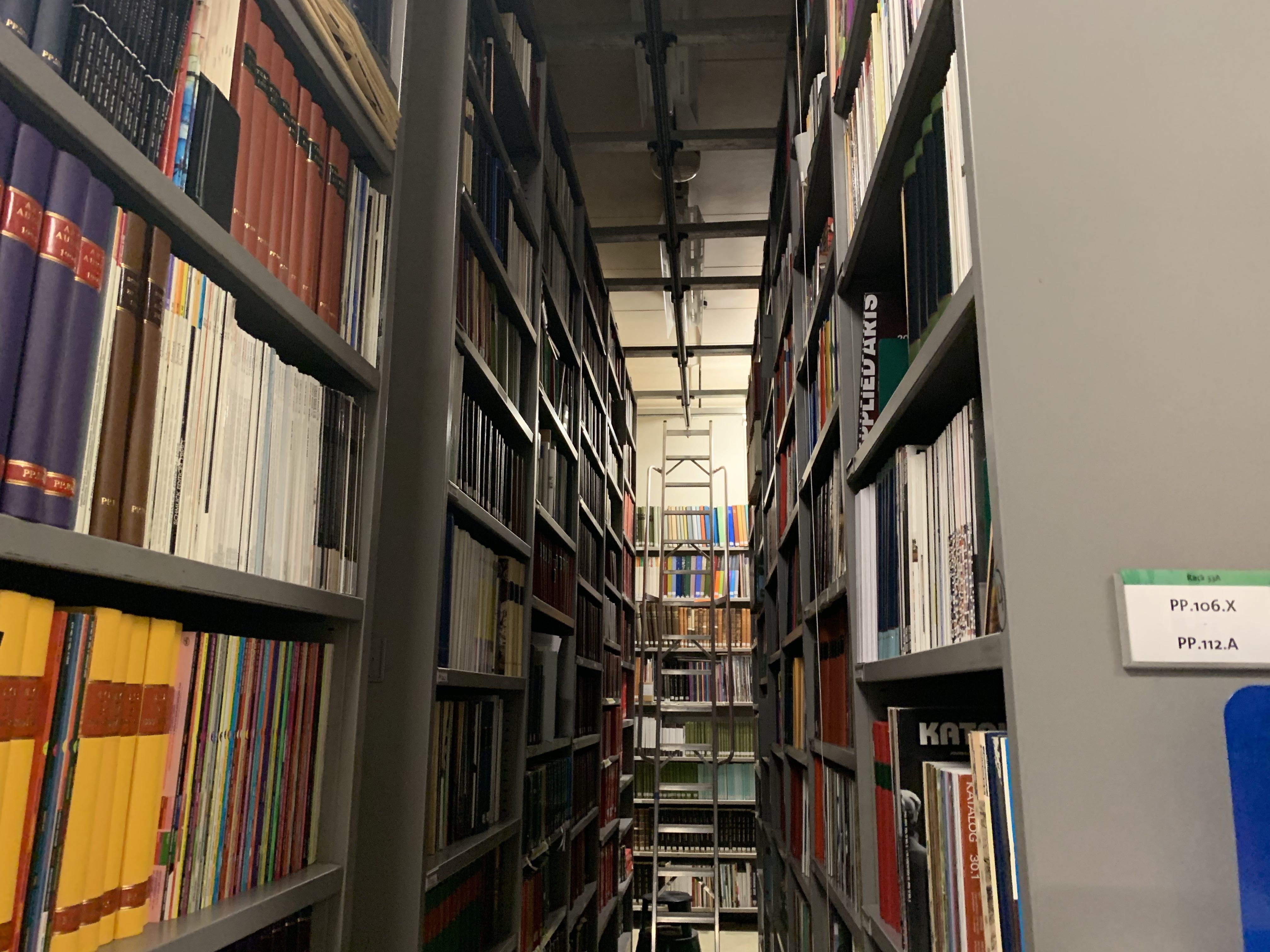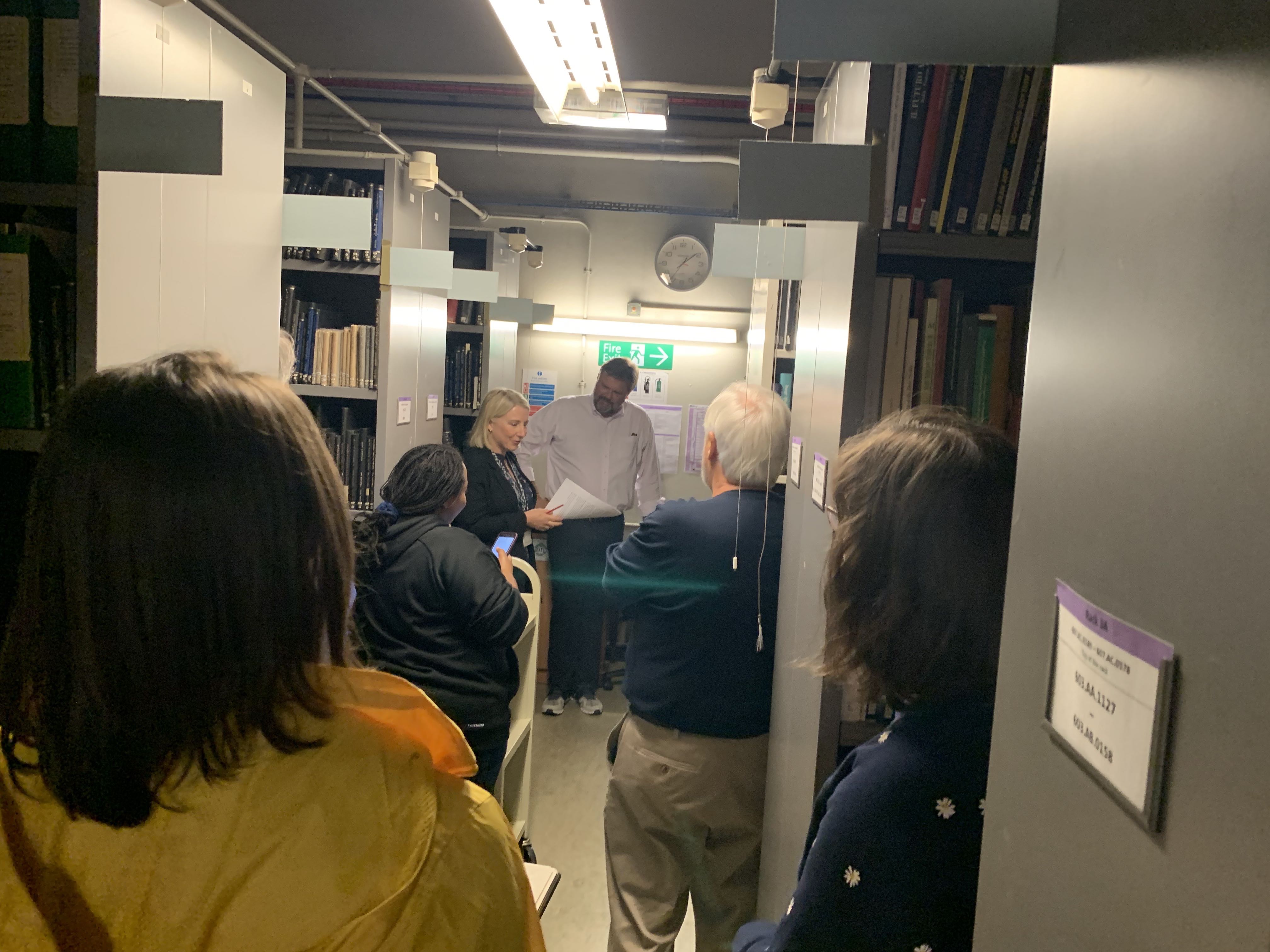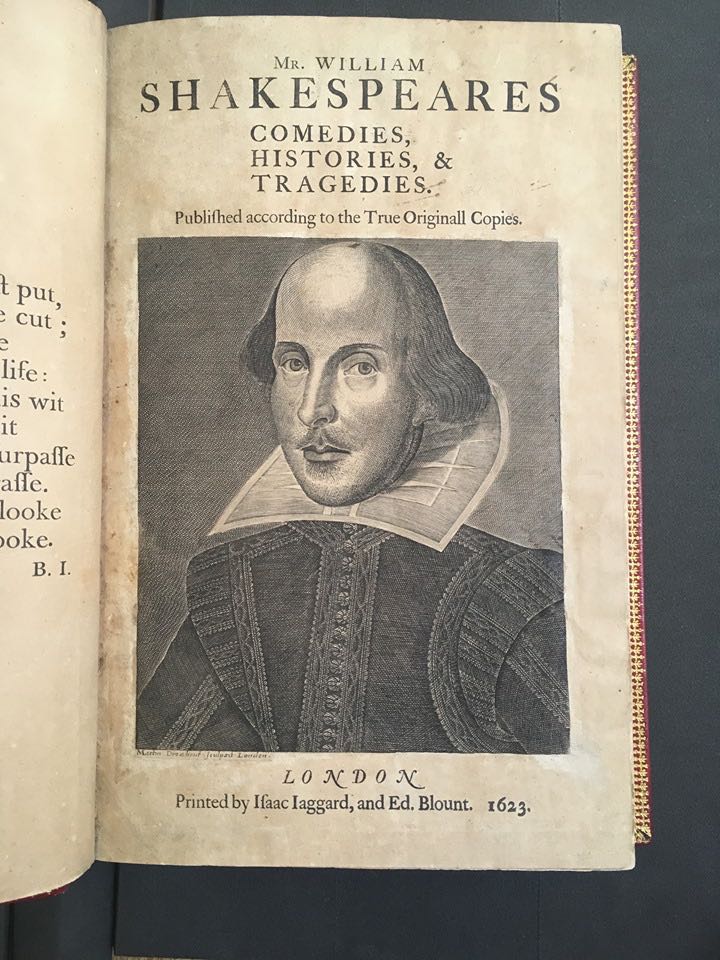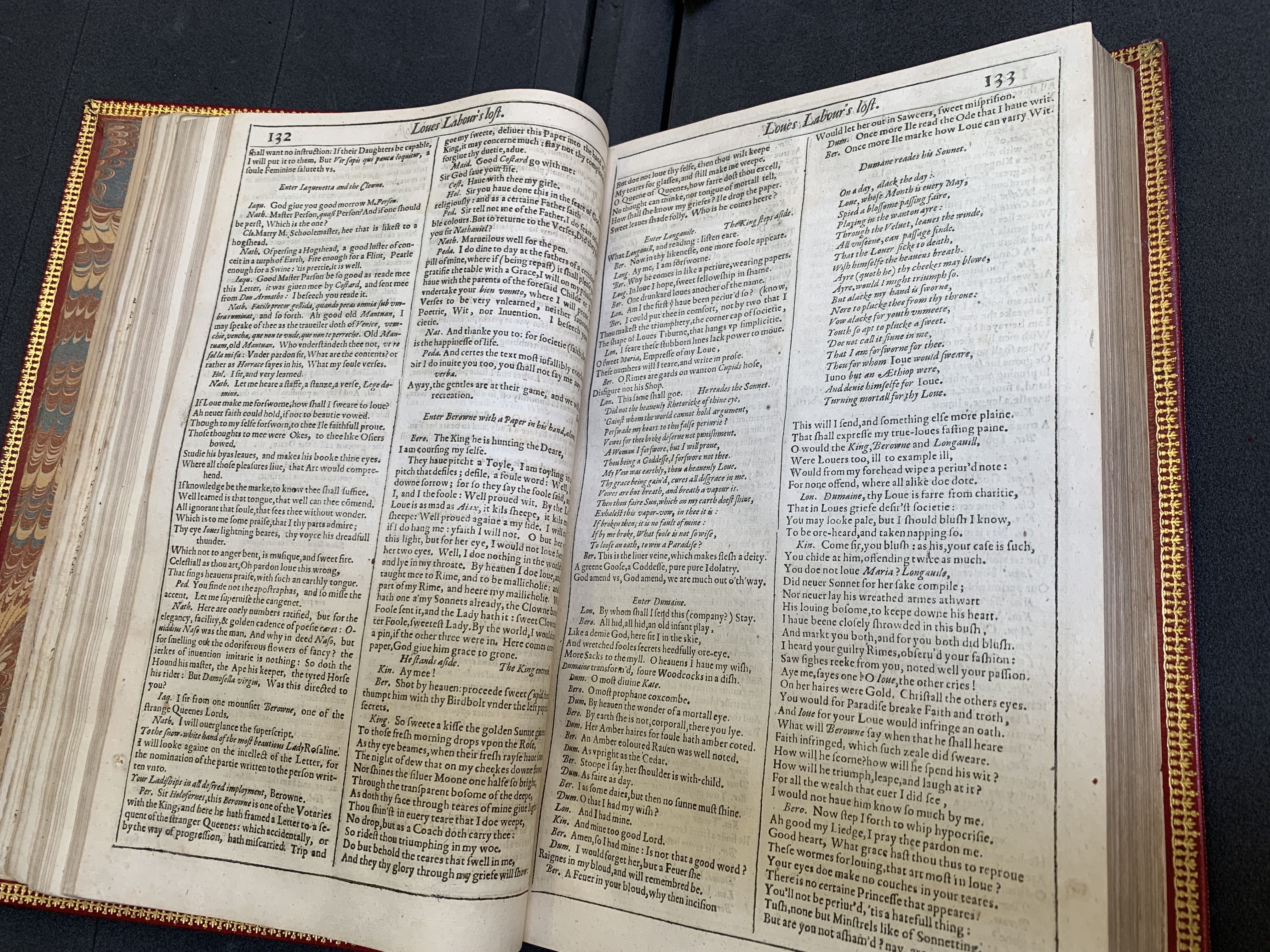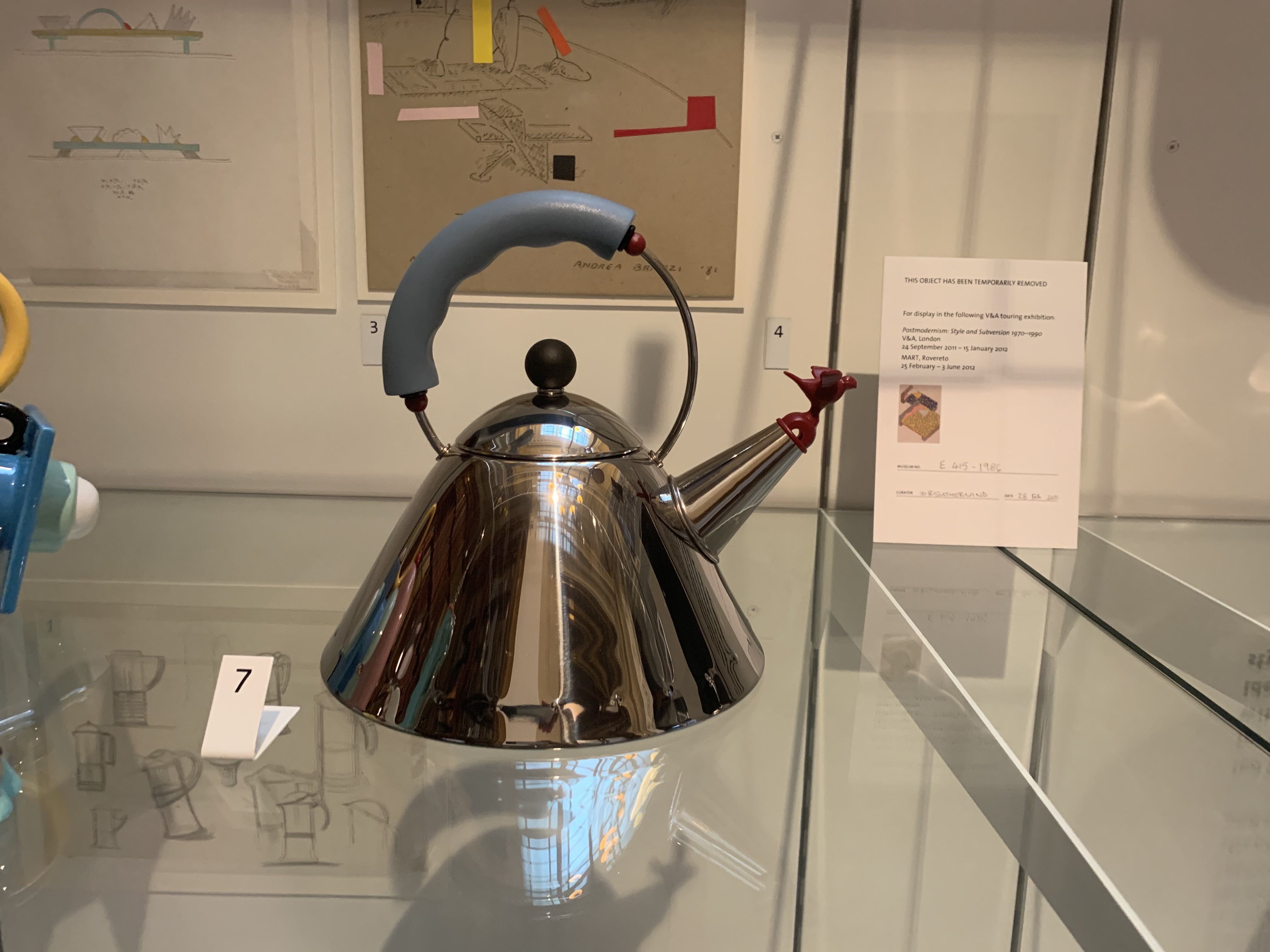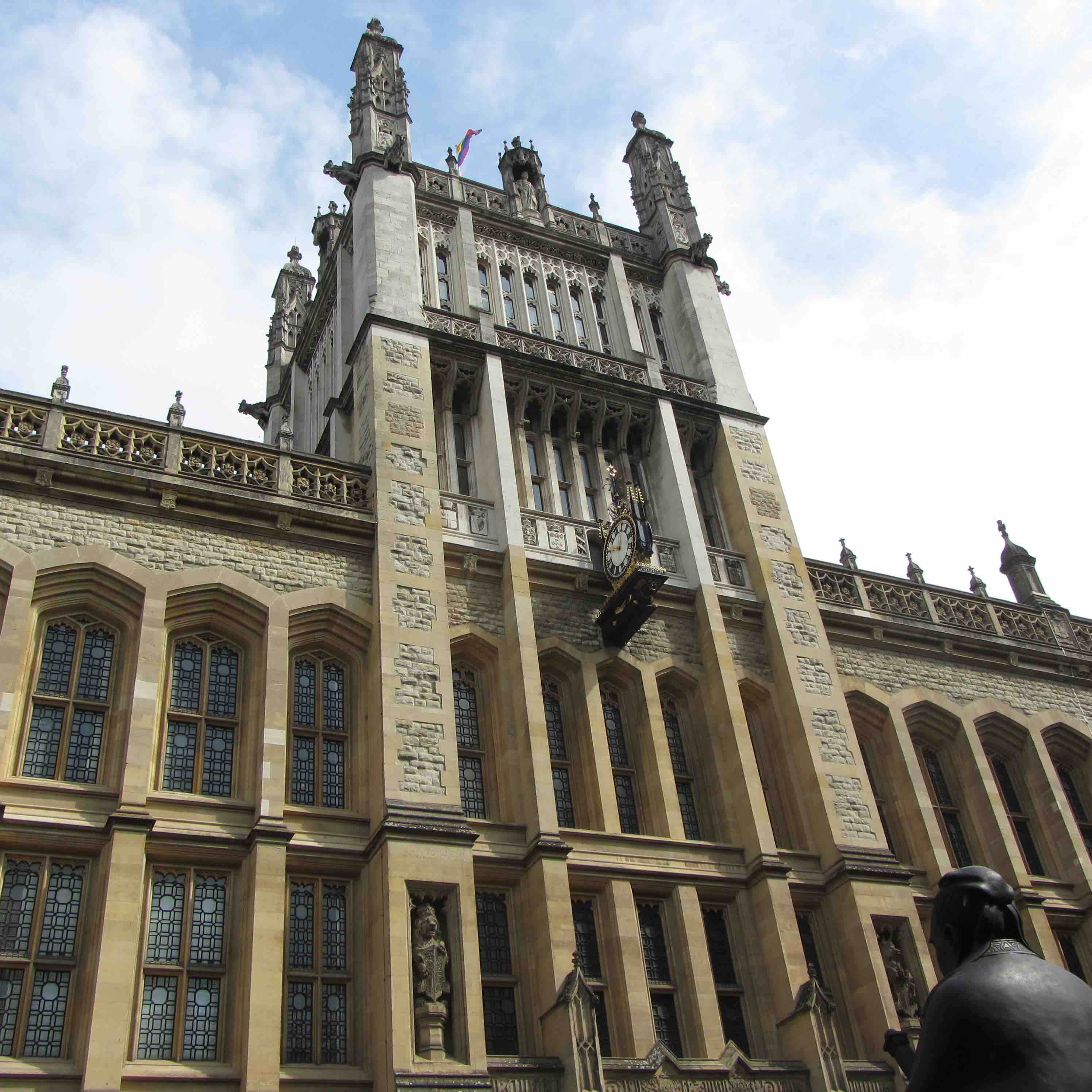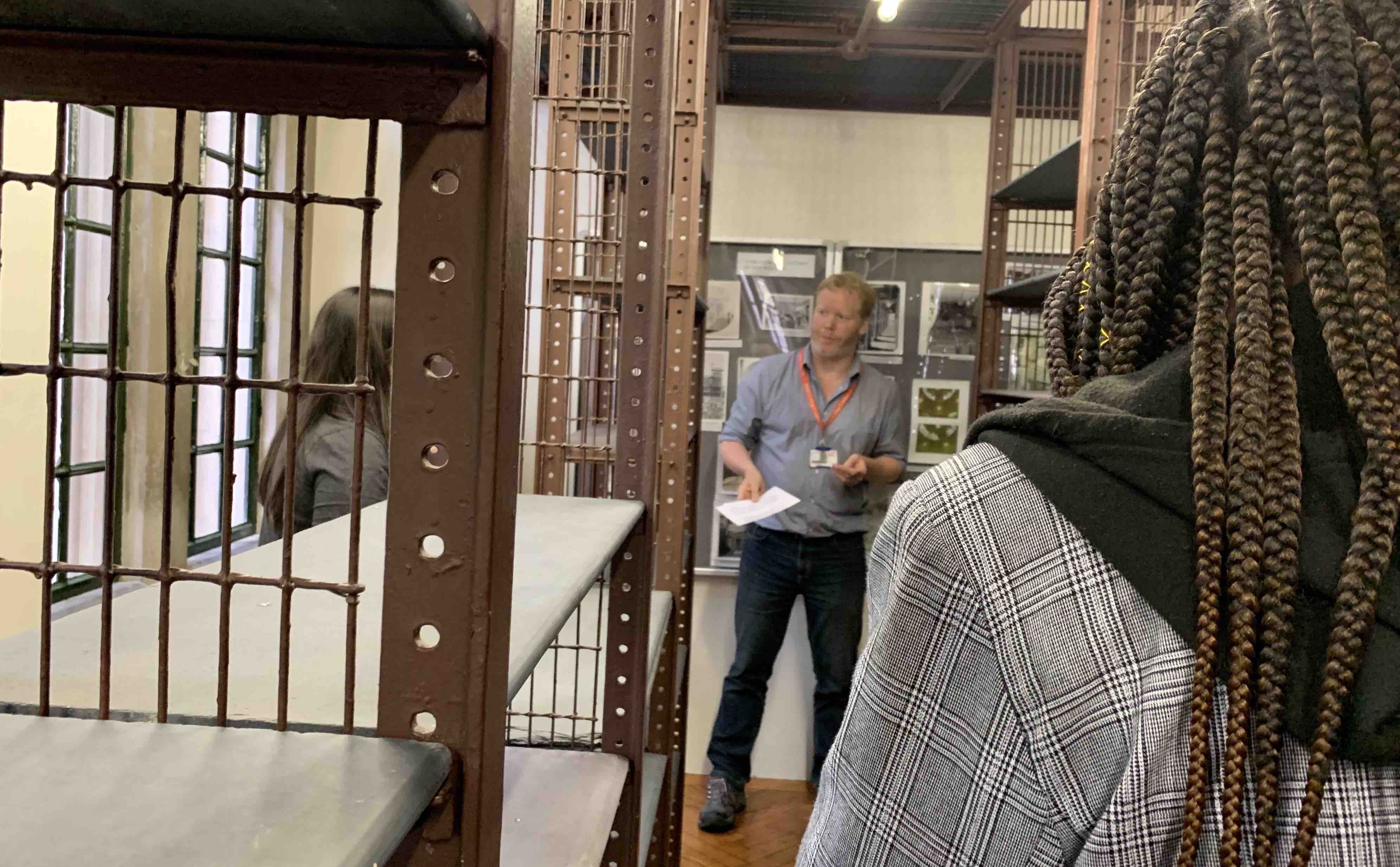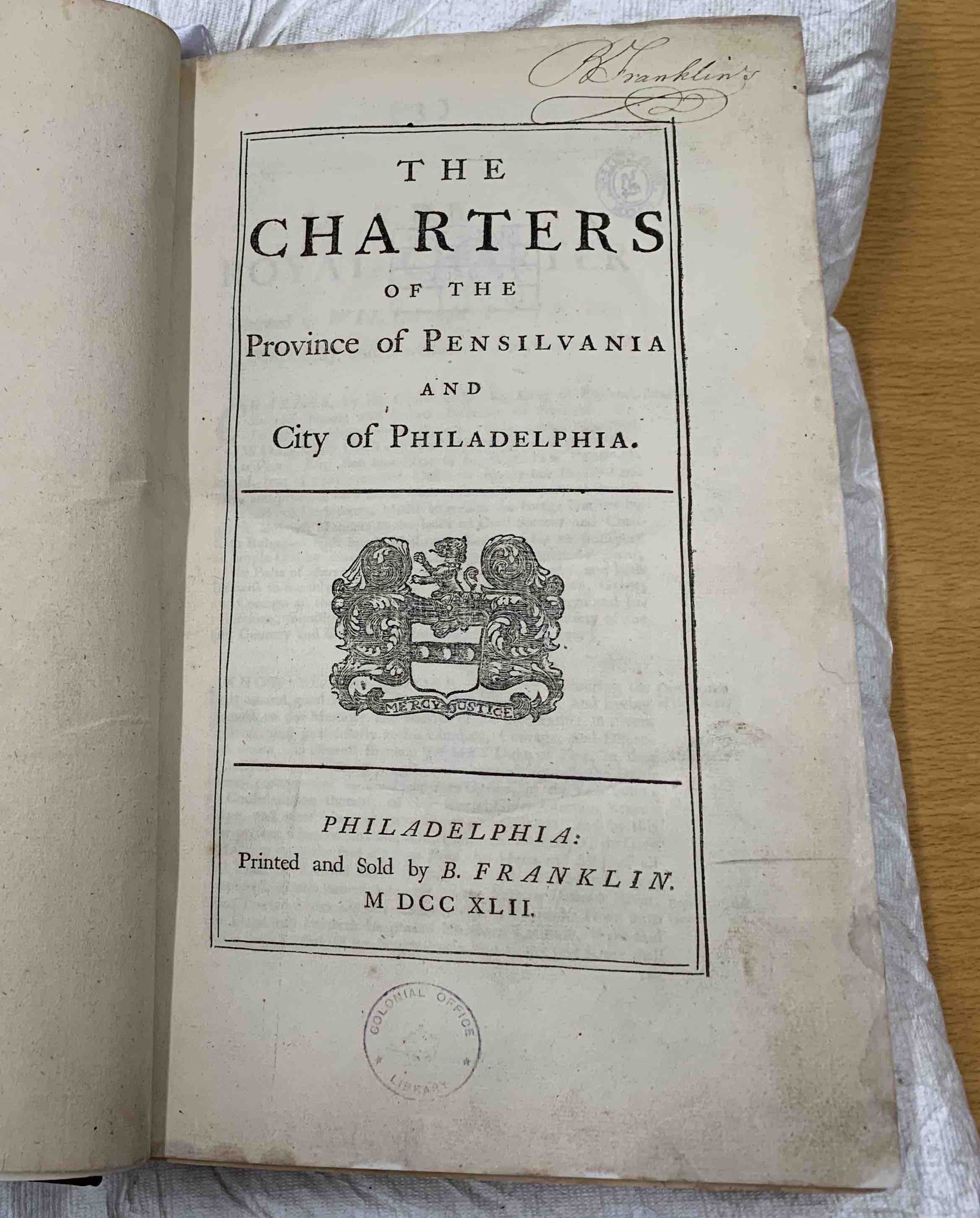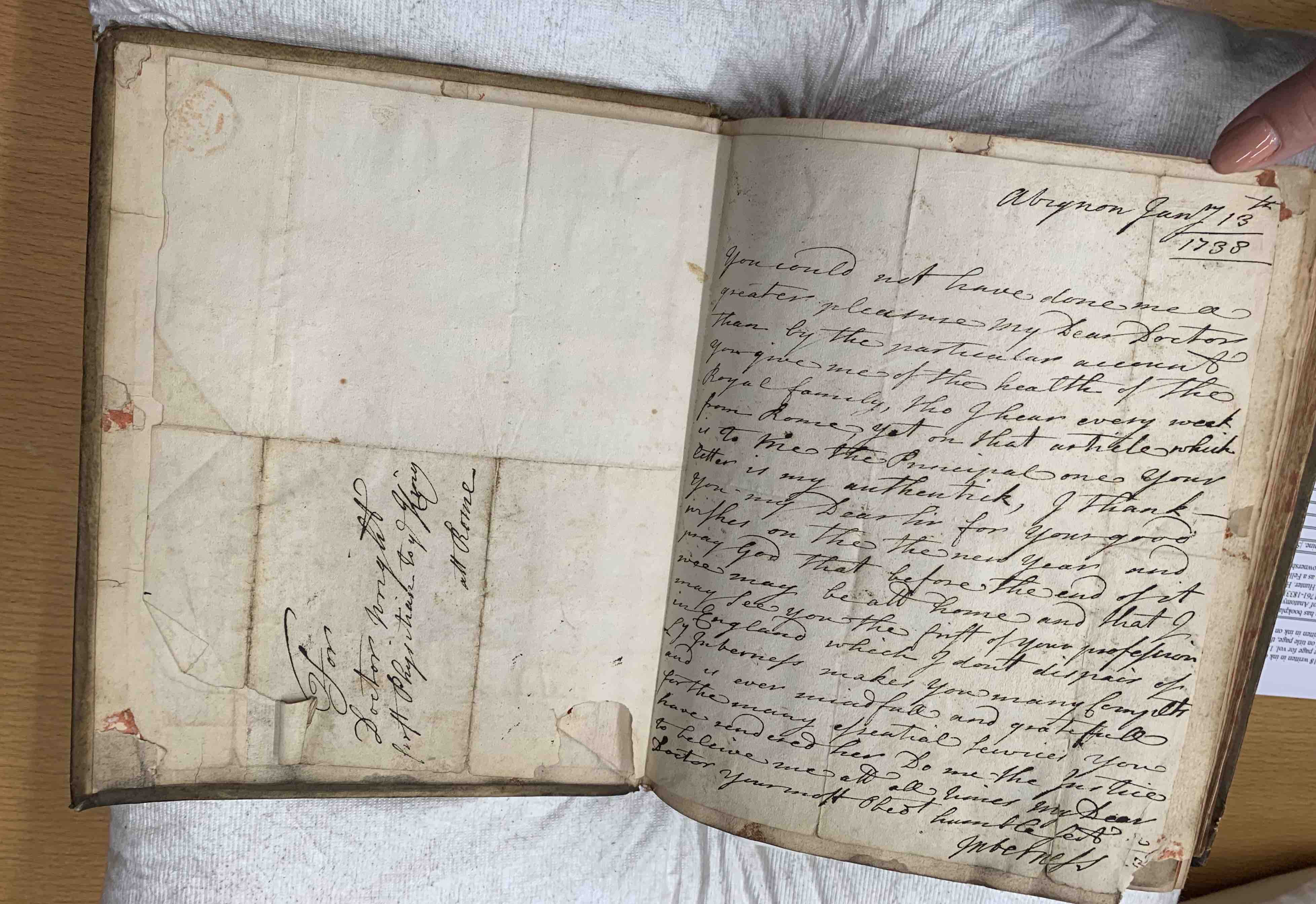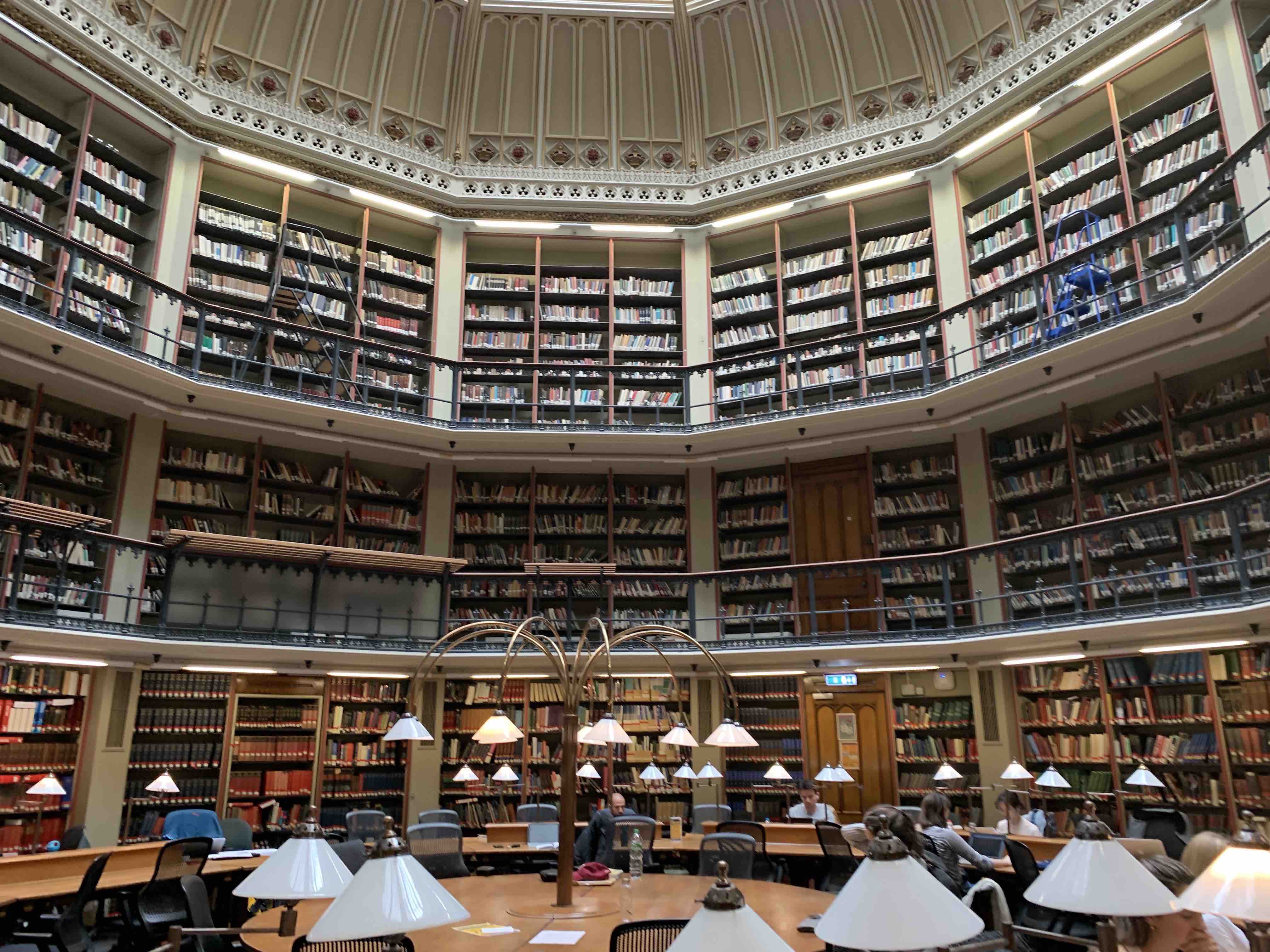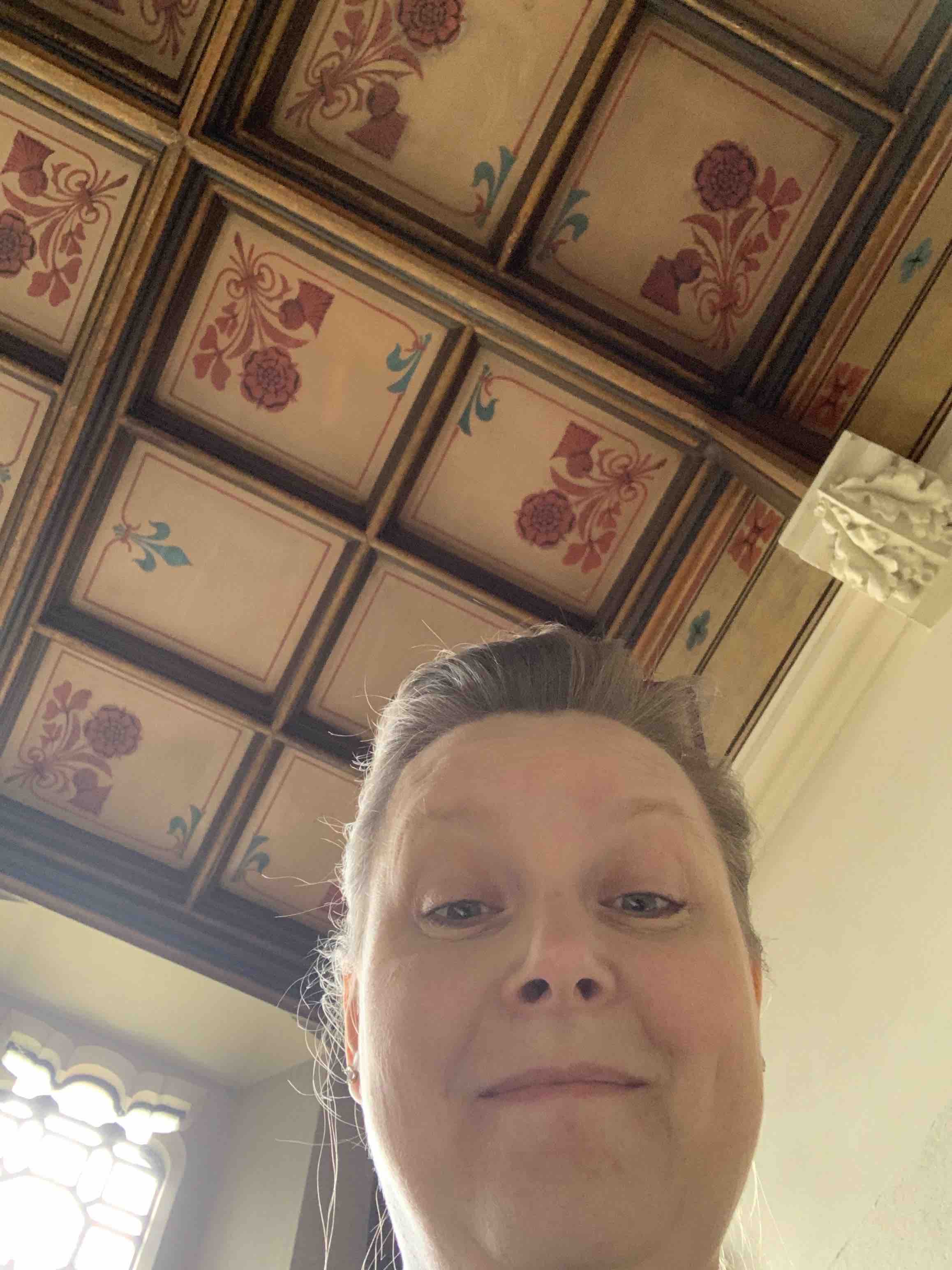LAMs (Libraries, Archives, and Museums)
MLIS (Master’s of Library and Information Science)
Week Five
Day Twenty-Eight: The National Science and Media Museum
EXTERMINATE!
“It only works when the metadata is correct”
Paul Coleman
Associate Curator of Television and Broadcast
The National Science and Media Museum
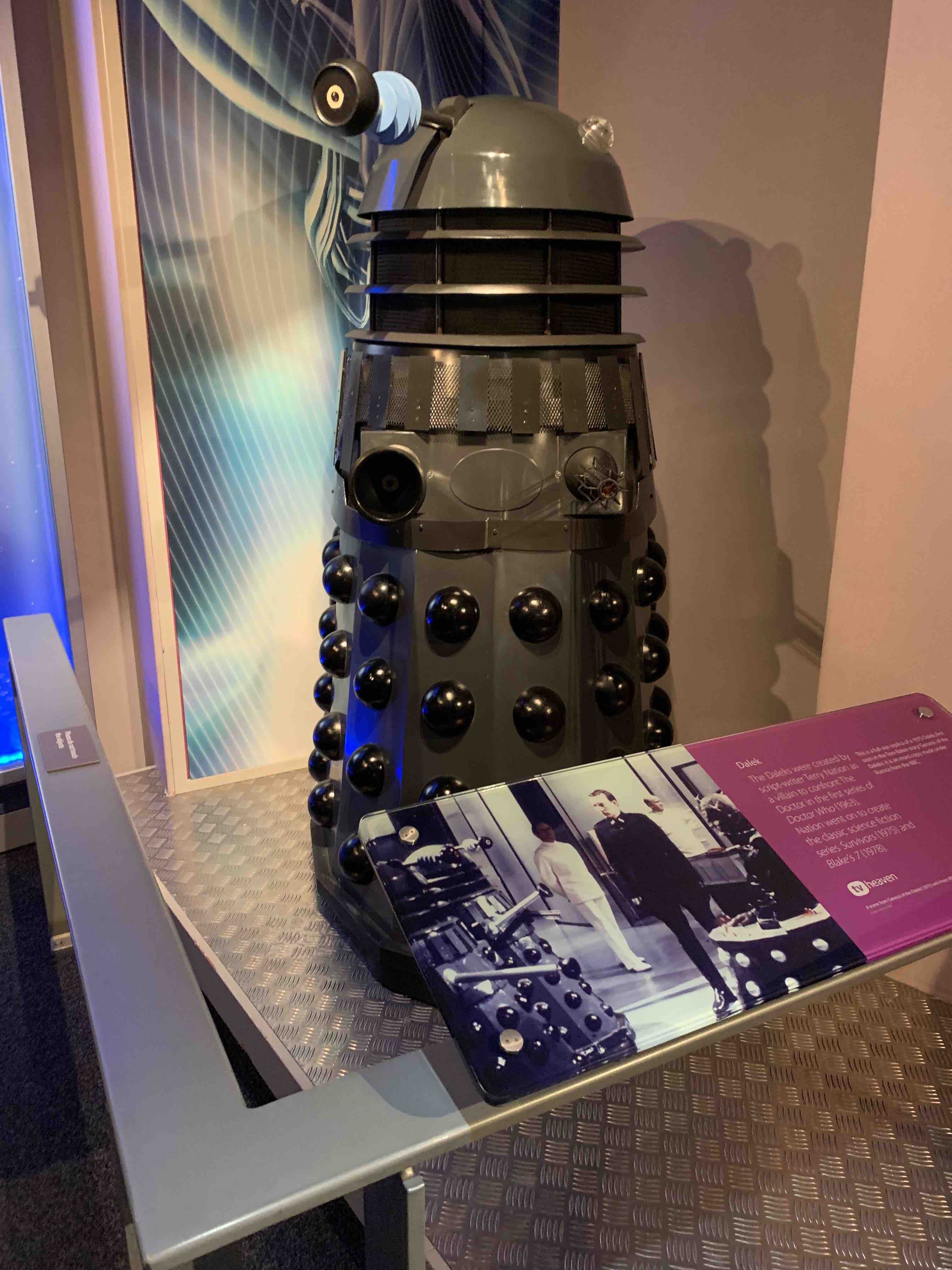
I’ve seen the children of my friends hide behind the couch, terrified by these creations.
For more history on the long-running series, check out A Brief History of Time (Travel)
Vicky, Vicky, Vicky. I owe you a frosty adult beverage of your choosing the next time we meet in person (if that ever comes to pass…)
Your recommendation of The National Science and Media Museum did not disappoint. Paul Coleman and colleague Claire Mayoh gave me a good overview of how they use media in their facility. Their own archive is limited, as they rely heavily on the British Film Institute, the BBC, and other media sources for their exhibits. Though Claire Mayoh discussed wanting to do more with the media they do have on hand. Paul Coleman mentioned the media they have from an early, early broadcast format from the late 1920’s called Phonovision. Paul told me he had the complete transfer of the recordings “on a CD in my desk”. Tidbits like that never cease to amaze me. A CD holds up to 700 megabytes. That is a tiny, tiny amount of data in the video world. For the entire contents of the NSMM’s phono vision archive to fit on a CD, the means the images are very low resolution compared to today’s HD, 4K, and 8K media
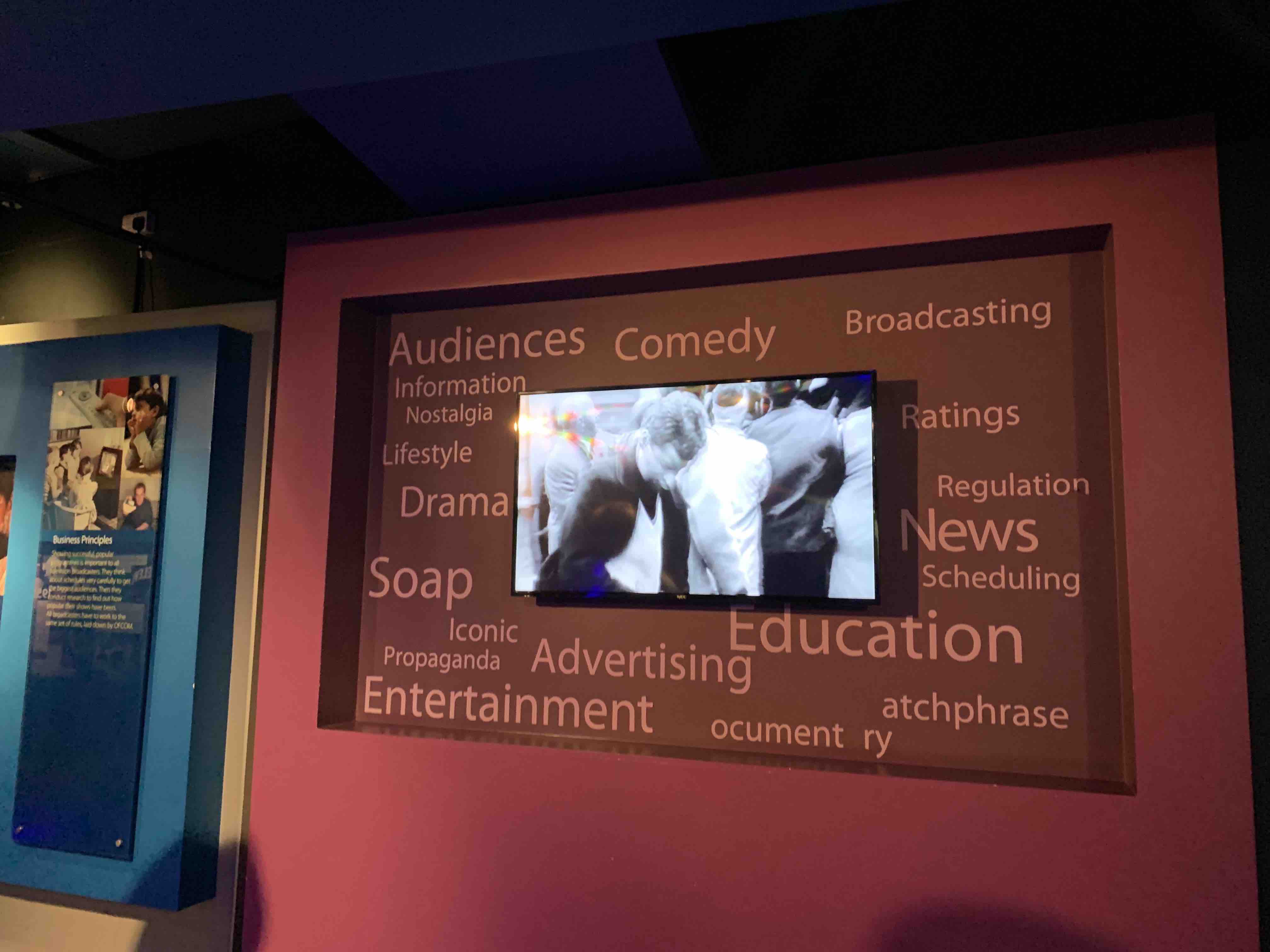
The way the NSMM weaves media into their exhibits helps tell the story of broadcasting, though I was privy to the planning for new exhibits and how they will be changing up how they use media in the exhibits. Paul and I lost access to that room before he could give me too much insight, as the conference room with the plans outlined on the walls was scheduled to be used for another meeting, so we had to vacate within a few minutes of our arrival.
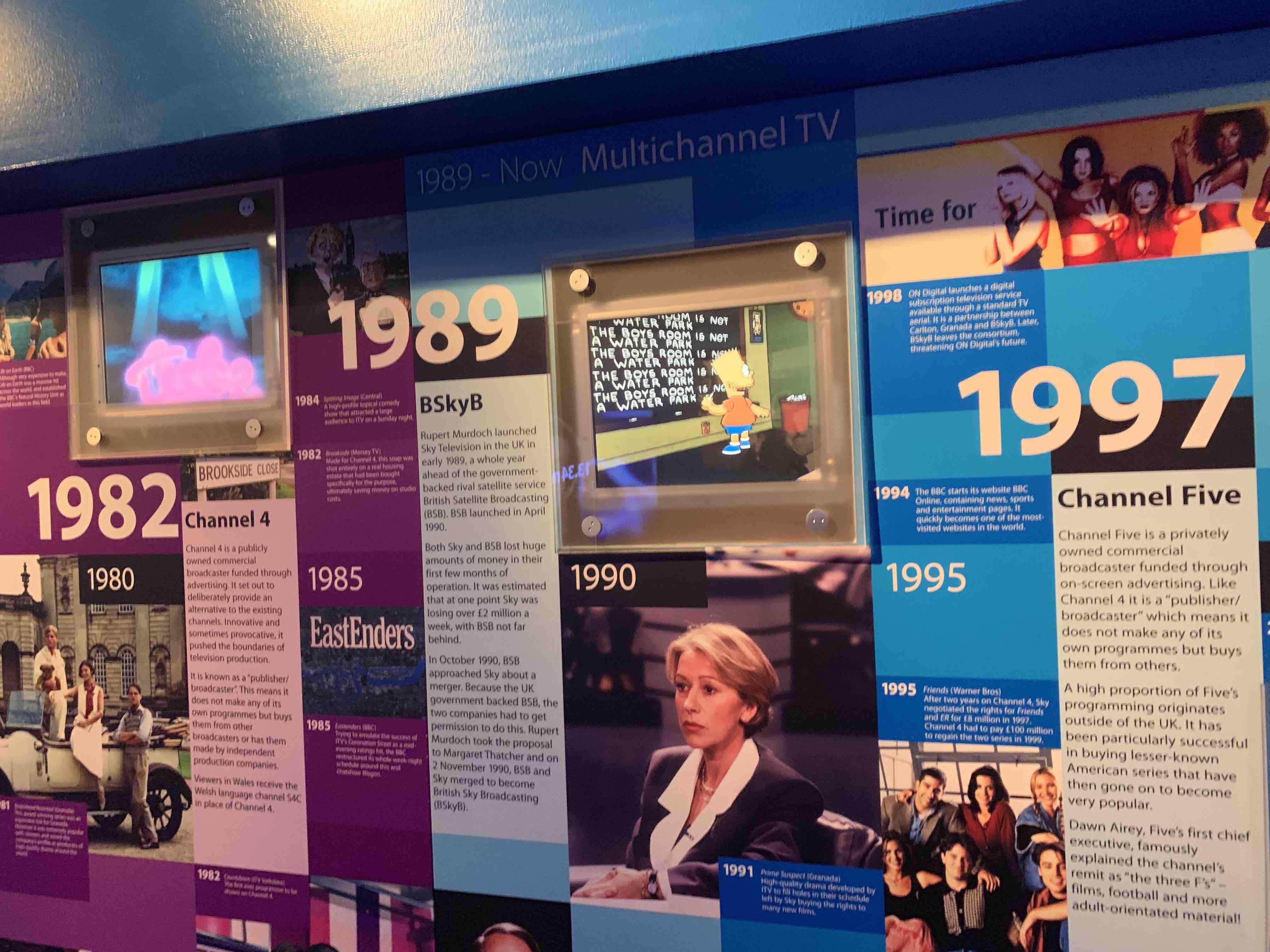
Walking through the exhibits with Paul and getting the individualized tour was excellent! I had the chance to ask my “weirdo” questions, but I found myself a bit too fascinated a few times to remember why I was there, and I was just geeking out over the exhibits and the gear.
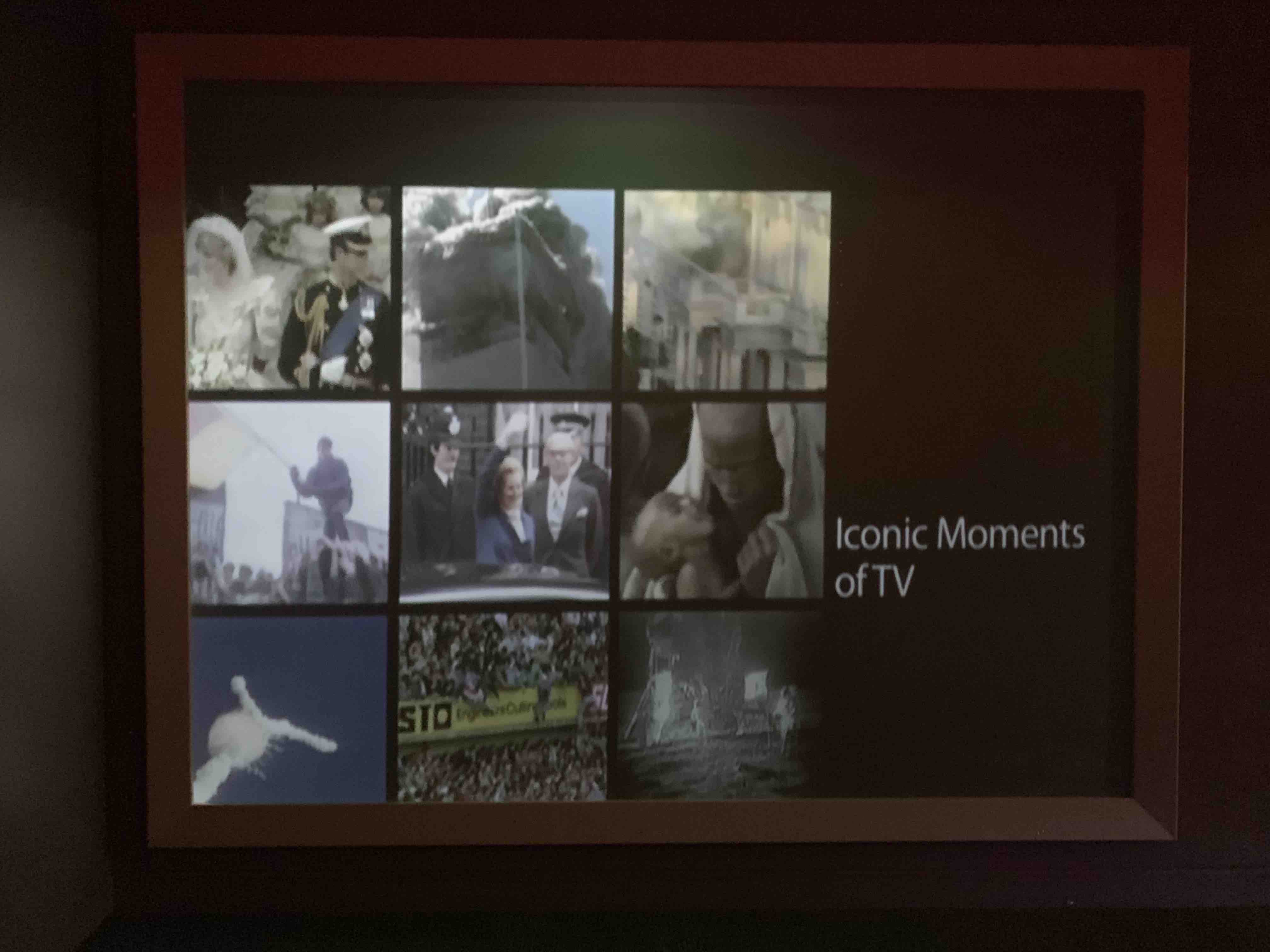
I remembered many of the moments, but the eras are changing for future museum-goers.
How will this exhibit change to meet the way people consume media?
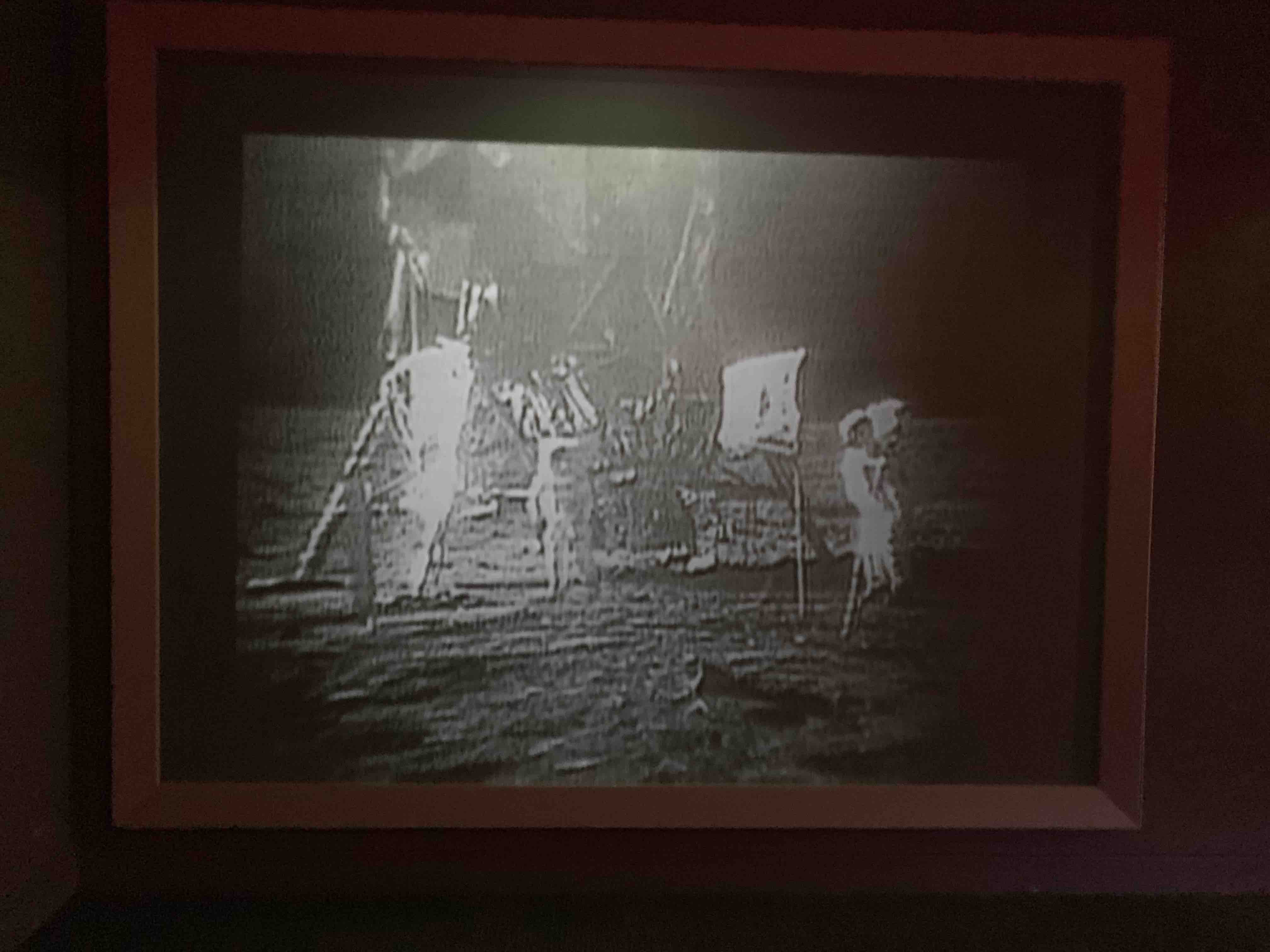
His expression was priceless. This is one moment, obviously, that I don’t remember firsthand.
Paul brought me to the archive room to show off the daguerreotypes, the calotypes (which he called “the Talbot photography”. For a little background on the difference, read this short article). The big draw for me, and where we spent the lion’s share of our time, was in the large equipment storage room. In here was where we first discussed the phonovision archive, and wandered the physical technical history of broadcasting from the very beginning of the medium. This room was fascinating to me for the obvious reason that it not only contained gear I knew and used in my career, but things I’d only heard about. And they may or may not have had the optical device used in Queen’s Bohemian Rhapsody video. Paul wasn’t optimistic that it would be authenticated, but he did have a relationship with the archivist for Brian May, so if it can be authenticated, he already has the connections to do so.

3.9 miles/10,100 steps/8 flights climbed
Total miles driven London to Bath to Liverpool to Bradford to Harrogate to Edinburgh: 729 miles
